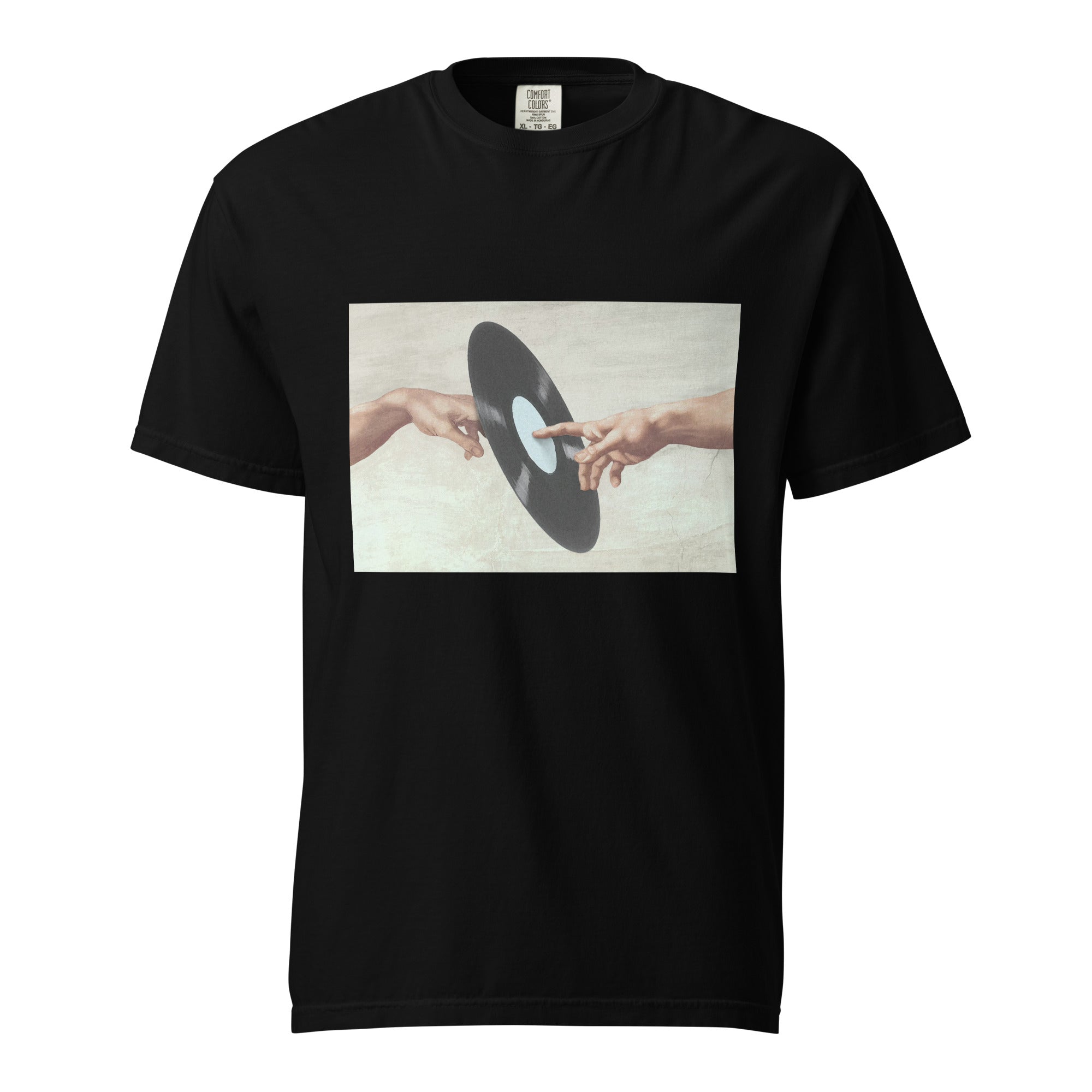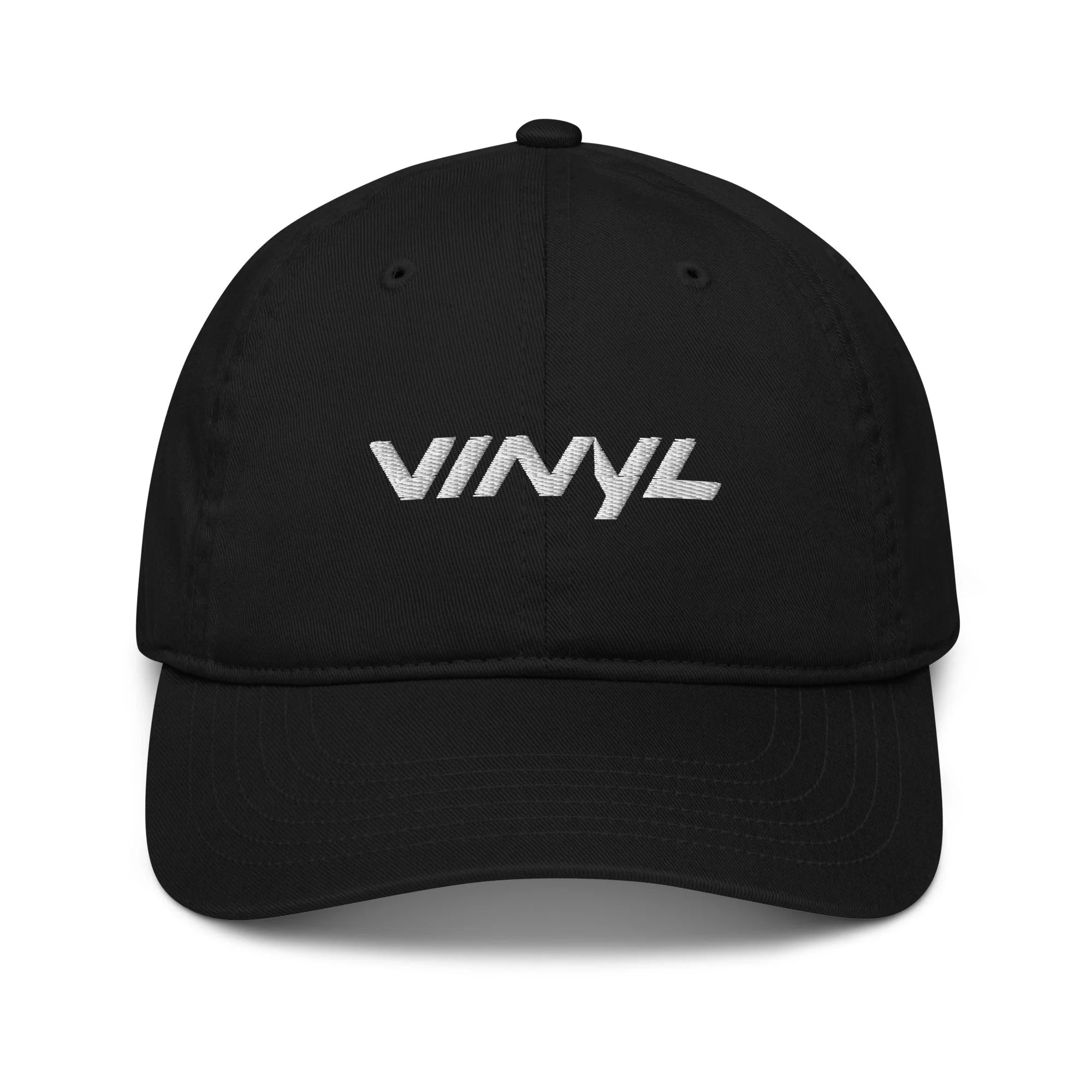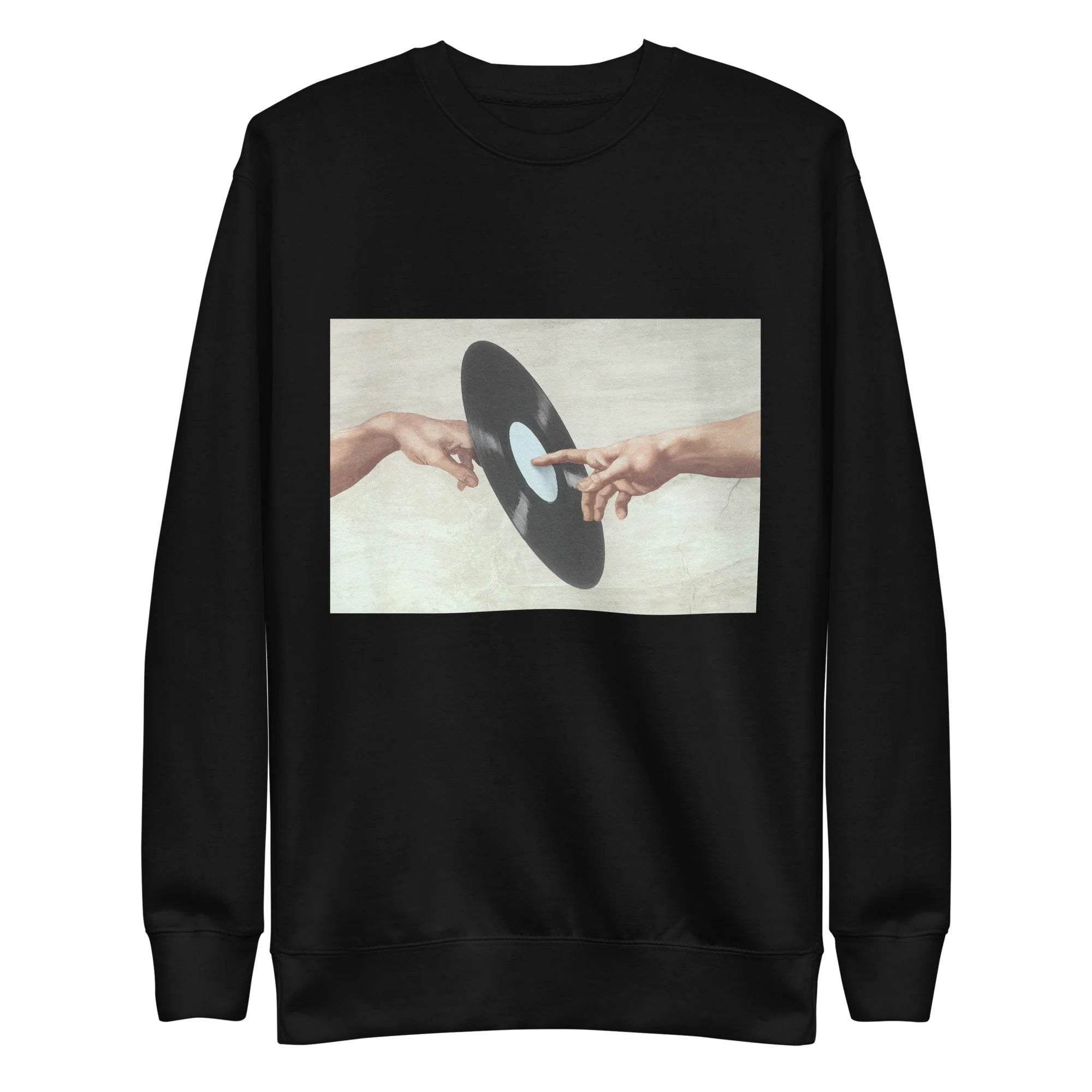Music has a magical way of evoking emotions, triggering memories, and connecting people. One significant topic that energizes music enthusiasts worldwide is the eternal debate between the audio quality of vinyl records and digital formats. This article aims to explore the unique auditory experiences offered by vinyl, while also appreciating the undeniable conveniences of digital formats. Interestingly, even in this digital age where you can stream any song at the tap of a screen, vinyl records are making an astonishing comeback.

The Resurgence of Vinyl Records in the Digital Age
The Counter-Intuitive Return to Analog
Technologically advanced world, it might come as a surprise to many that vinyl records, those large discs from the past, are making a triumphant return. Sales of these records have skyrocketed recently, reaching numbers we haven't seen in a long while. And it's not just the golden oldies or classics being sought after. Many of today's popular artists, whose fans are primarily from the digital age, are opting to release their fresh tracks and albums on vinyl too.
This trend is particularly unexpected when you consider how we've grown accustomed to the convenience and immediacy of online streaming services. Why would people return to a seemingly outdated format? The comeback of vinyl, amid the digital era where everything is just a click away, adds a layer of mystery and intrigue to our ever-evolving music culture.
Buying Vinyl Records Online – Convenience and Variety
One might assume that acquiring vinyl is a challenging endeavor, but the reality couldn’t be more different. The internet, specifically online vinyl record stores, has made it simpler than ever to buy vinyl records. various genres, both new and old, await the curious shopper.
Many consider these online platforms as the best place to buy vinyl records, given the ease and variety they offer. So, while streaming services bring music to your fingertips, online record stores do the same for vinyl enthusiasts.
Five Key Reasons Vinyl is Often Considered Superior
The Warmth of Analog Sound
The characteristic "warmth" of vinyl records is a hallmark that draws audiophiles to the analog format. Unlike digital recordings, which represent sound as discrete data points, analog captures audio in its continuous form, preserving the subtle nuances of music. This continuous form of recording allows vinyl to reproduce the rich, detailed textures of instruments and vocals, often maintaining the original depth and atmosphere of live performances. Many enthusiasts argue that this method captures an organic, authentic sound that digital formats simply cannot replicate. The warmth often attributed to vinyl arises from its ability to convey these subtle dynamics and the harmonic richness of analog recordings, which can make the music feel more alive and emotive. This quality is particularly cherished in genres where intricate acoustics play a pivotal role, such as jazz, classical, or blues, where the authentic reproduction of sound is crucial for a full listening experience.
The Tangible Experience
The act of visiting an old records shop, flipping through albums, and choosing one based on the cover art or the music genre transforms music listening into a deeply personal and reflective experience. Additionally, cleaning vinyl records is not just a routine chore; it's an integral part of the audiophile's experience, ensuring that the music remains pristine and true to its original form. Each step of the process from choosing the right cleaning agents to proper storage plays a crucial role in maintaining the quality and longevity of vinyl records:
- Use Specialized Solutions: When cleaning vinyl records, it’s crucial to select the right cleaning solutions that are specifically designed for this purpose. These solutions help to effectively remove dust, oils, and other residues from the record’s surface without causing damage to the grooves. This is particularly important as improper chemicals can lead to degradation of the vinyl, ultimately affecting sound quality.
- Employ Soft Brushes: Using soft, anti-static brushes is vital for removing superficial dust without scratching the vinyl's surface. These brushes are designed to be gentle on the grooves while effectively lifting away dust particles. The anti-static property ensures that during the cleaning process, the brush does not induce static electricity that can attract more dust.
- Consider Vacuum Cleaners: For thorough cleaning, vacuum-based record cleaning machines offer an advanced solution. These machines carefully suck out all the embedded dirt from the grooves that regular brushing can't reach. A suction mechanism is designed to be gentle enough to avoid any abrasion to the record's delicate grooved surface, making it an excellent option for deep cleaning without risk of damage.
- Store Properly: Proper storage is as important as cleaning. Using anti-static inner sleeves for storing your records can significantly reduce the amount of dust and debris that settles on the vinyl. These sleeves help to maintain a clean environment around the record, preventing static charges and protecting the surface from scratches when being taken out or placed back into storage.
By adhering to these detailed practices, vinyl enthusiasts can not only preserve their cherished collection but also ensure each listening session is as immersive as the artist intended. Maintaining records might require effort, but the reward is a consistently superior sound and a deeper connection to the music.

Large Album Artwork
One of the distinctive joys of vinyl records is the large, detailed album artwork that accompanies each record. This visual element adds a significant aesthetic dimension to the music, offering an experience that digital thumbnails cannot match. The artwork on vinyl covers often includes intricate designs, original art, and additional information about the album and artists, making each record a collector's item and a piece of history. For music lovers, the art is not just packaging but an integral part of the album's identity and a gateway to the era and culture in which it was created. Collecting vinyl for the artwork allows enthusiasts to appreciate music not only as an auditory experience but also as a visual and tactile one. Visiting a vinyl records shop and browsing through albums becomes as much about visual discovery as it is about finding new music, turning the best vinyl albums to buy into a holistic sensory adventure.
The Ritualistic Aspect
Each step, from browsing one’s collection and selecting a record to placing it on the turntable and setting the needle, is performed with care and intention. This process imbues the act of listening with a sense of ceremony and anticipation that digital music, with its instant and somewhat impersonal access, lacks. The ritual starts with the tactile pleasure of sliding a record out of its sleeve, feeling the weight of the vinyl, and admiring the artwork up close. Then, the mechanical beauty of the turntable—the sound of the needle dropping, the gentle hiss before the music begins—adds layers of sensory enjoyment that enhance the auditory experience. For vinyl enthusiasts, these rituals are essential, transforming music listening from a passive activity into an immersive, multisensory engagement that celebrates the art of music in its entirety.
Absence of Digital Compression
Vinyl records are celebrated for their unparalleled sound quality, providing a listening experience that digital formats simply can't match due to the absence of digital compression. Here’s a look at why vinyl remains a cherished choice among music enthusiasts:
- Full Spectrum Sound: Vinyl records are capable of reproducing the complete audio spectrum, involving everything from the deep, resonant bass to the crisp, clear highs. This capability allows vinyl to capture every subtle detail and nuance in the music, presenting it in a way that is as close to the original performance as possible. The analog nature of vinyl ensures that these sounds are delivered with warmth and richness, qualities often lost in digital formats due to their processing limitations. This full-spectrum reproduction makes vinyl a favorite among those who appreciate a comprehensive and immersive auditory experience.
- No Compression Loss: Digital audio formats often employ compression to minimize file sizes, which can unfortunately strip away certain sound frequencies and dynamics deemed less critical. This compression can flatten the auditory landscape, leading to a loss of depth and emotional impact. Vinyl, by contrast, retains the integrity of the original recordings. It does not require compression, thus preserving all the dynamic ranges from the softest to the loudest sounds, exactly as the artist intended.
- Richer Audio Experience: The depth and clarity of sound that vinyl can provide are incomparable. Listeners are treated to a richer audio experience because vinyl records present music in its most natural and untouched form. This high fidelity is particularly appealing to audiophiles and music purists who seek an authentic listening experience. The physical interaction of the needle with the vinyl record creates a warm, enveloping sound that digital formats cannot replicate, offering an audio journey that feels more live and present.
- Careful Mastering: The process of mastering records for vinyl is an art form in itself, requiring precision and care to ensure that the audio quality is not compromised in the transition from digital files or analog tapes. When purchasing vinyl, it is important to select albums that have been mastered specifically for vinyl playback, as this ensures that the unique characteristics of vinyl are fully utilized. This careful mastering process helps preserve the nuances of the music, delivering a sonic experience that can be both profound and moving.
It continues to be the format of choice for those who value not just the sound quality but the entire sensory and emotional experience of music. Its ability to deliver sound in its most authentic form, combined with the ritualistic aspects of playing records, ensures its enduring appeal and cultural significance.
The Technical Aspects: Vinyl vs. Digital
The Science Behind the Sound
Music is a universal language that can be delivered to our ears through various mediums. Among the most popular are vinyl records and digital formats, but how they bring music to our ears is where they diverge significantly. Vinyl records operate on the principle of capturing continuous sound waves. Imagine attending a live concert, and feeling every note and nuance of the performance; that's what vinyl aims to deliver. It keeps every tiny detail of the sound. On the flip side, digital formats work a bit differently. Instead of capturing the entire continuous wave, they take snapshots or samples of these waves at certain intervals. This method results in an approximation of the sound, rather than the entire, continuous form that vinyl offers.
Lossless Digital Formats
Now, while some might quickly judge and dismiss digital formats as inferior, it's essential to understand that not all digital music is created equal. There are specific digital formats known as "lossless" formats, like FLAC, which prioritize maintaining the utmost audio quality. These formats try their best to capture the sound in its purest form, with minimal loss in quality.

Advantages of Digital Formats
Accessibility and Convenience
Digital formats have revolutionized how we access and enjoy music. The advent of smartphones and headphones has facilitated the creation of a nearly limitless music library accessible at our fingertips. This shift has democratized music consumption, making it available to a broader audience regardless of geographical or socio-economic barriers. Online platforms enhance this accessibility by streamlining the process of discovering, purchasing, and enjoying music. Users can now carry thousands of songs in their pockets, switching between genres and artists at a moment's notice. Playlists can be created and shared with friends or through social media, enabling a shared musical experience despite physical distances.
Enhanced Features
Features such as equalization settings allow users to adjust the audio frequencies to suit their personal preferences or to compensate for ambient noise conditions. Noise cancellation technology, another popular feature, enables listeners to immerse themselves fully in their music by blocking out external sounds, which is particularly beneficial in noisy environments like public transport. However, these enhancements can sometimes overshadow the raw, authentic quality of music that vinyl records are cherished for. Vinyl enthusiasts often argue that the tactile interaction with the record and the inherent sound quality, including minor imperfections and richer acoustics, provide a more genuine and immersive experience. While digital music offers practicality and customization, it sometimes does so at the expense of losing the organic essence that many purists value.
Price Factor
Many streaming services offer extensive libraries of music for a relatively low monthly subscription fee, making it an economical option for regular listeners. This affordability is in stark contrast to the cost associated with collecting vinyl records, where the price for individual albums can be significantly higher, not to mention the initial investment in a high-quality turntable and sound system. Digital platforms frequently offer various membership plans, including family and student discounts, making them even more accessible to a wider audience. For those who prefer to own their music permanently, purchasing digital tracks or albums often remains more affordable than their physical counterparts.
In the grand scheme of things, vinyl records offer a multi-sensory experience that extends beyond just audio quality. The tangible handling, the artwork, the ritualistic aspects, and the full, uncompressed audio spectrum make vinyl a unique choice for many. However, digital formats have their own set of advantages, including accessibility, convenience, and affordability. At the end of the day, the best medium for you is a matter of personal preference.

![Various Artists - Once Upon A Time: The Tarantino Sound [Red 180-Gram]](http://vinyl.com/cdn/shop/files/4376720-3283530.jpg?v=1733870948&width=5760)
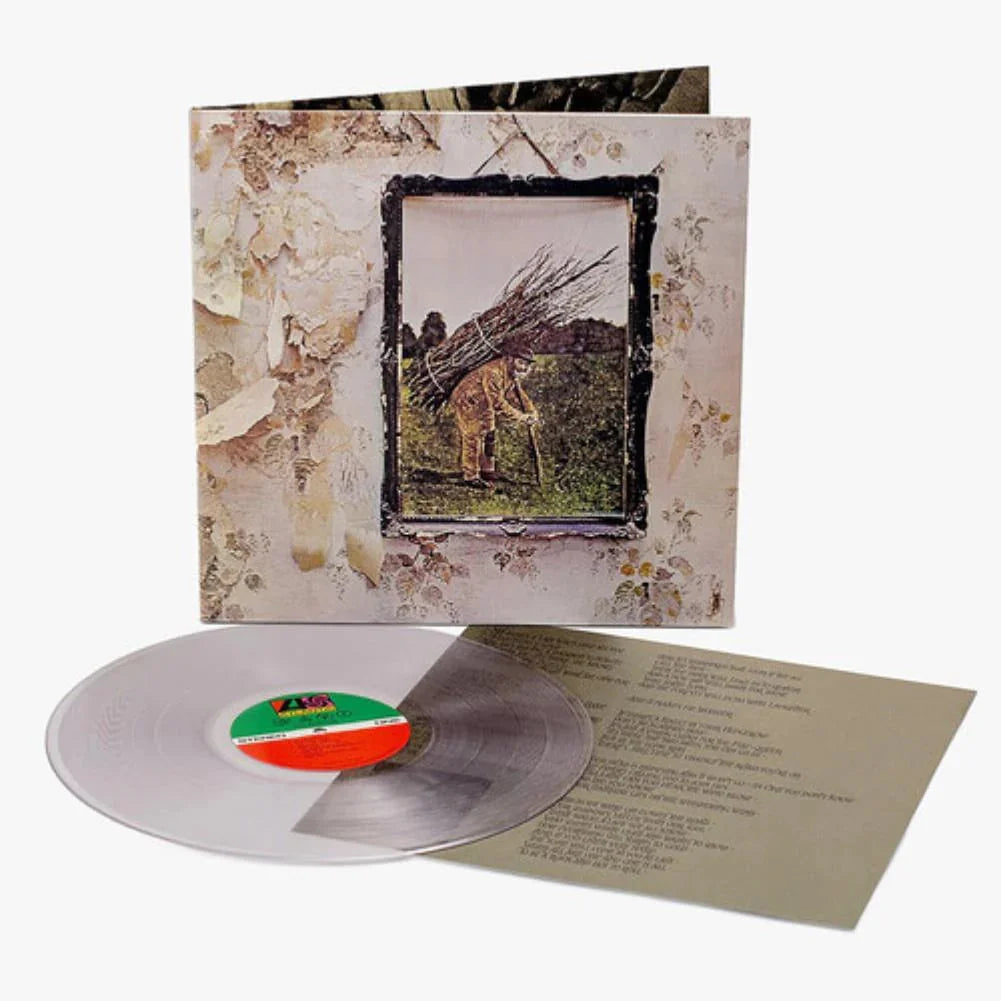
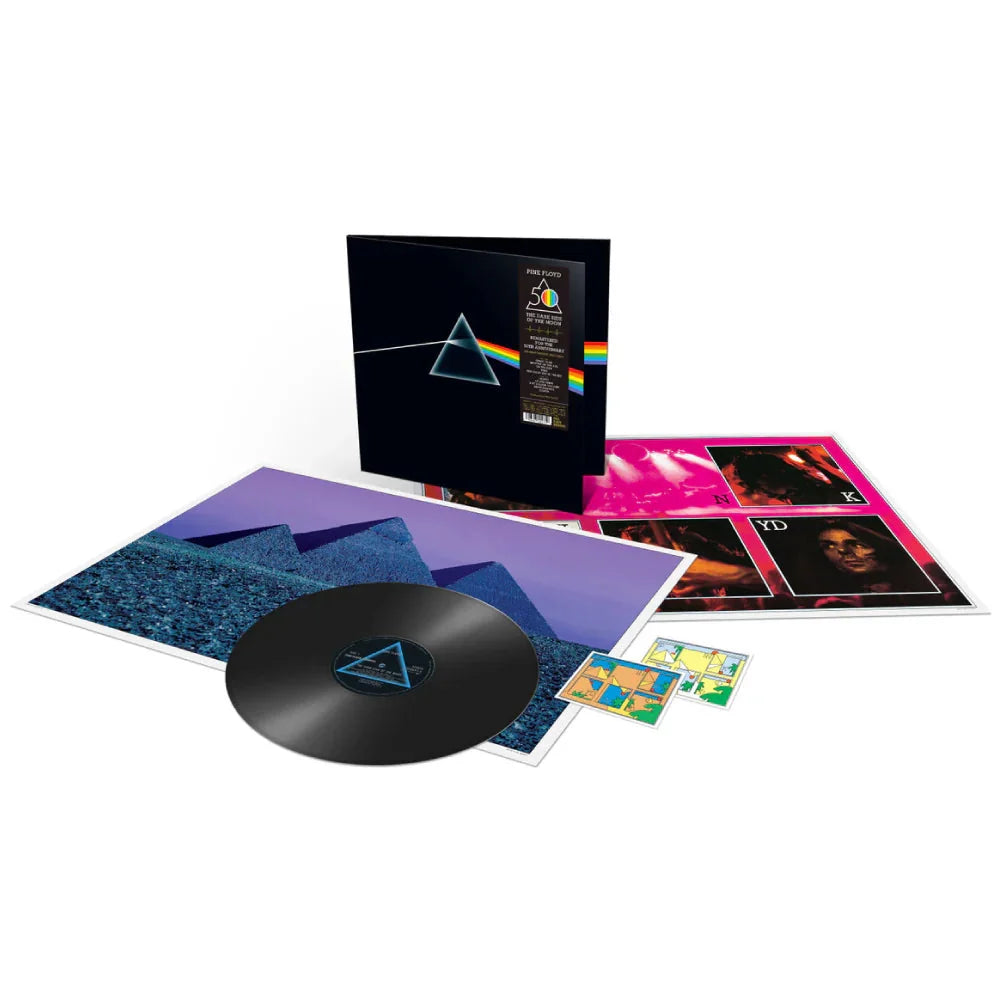
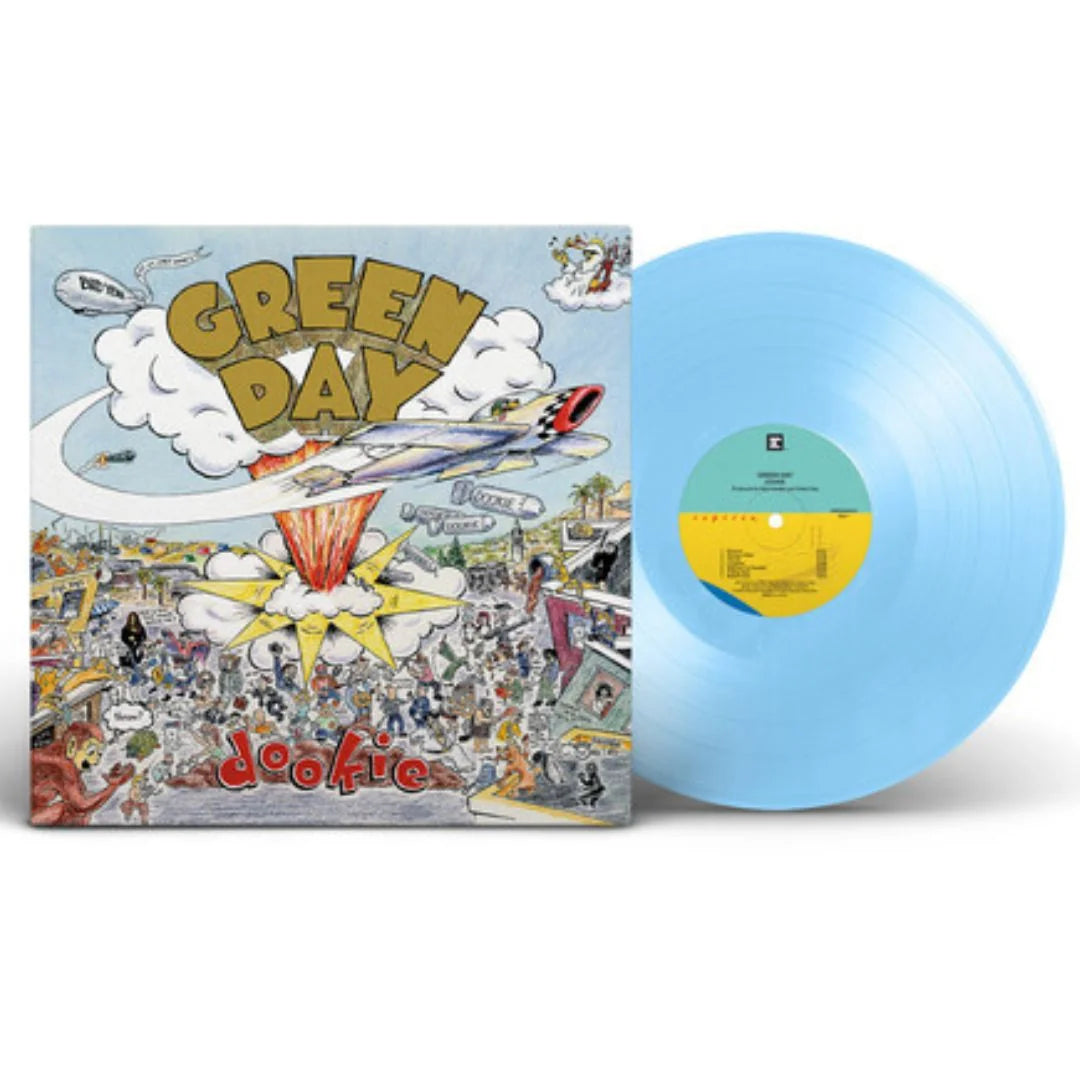
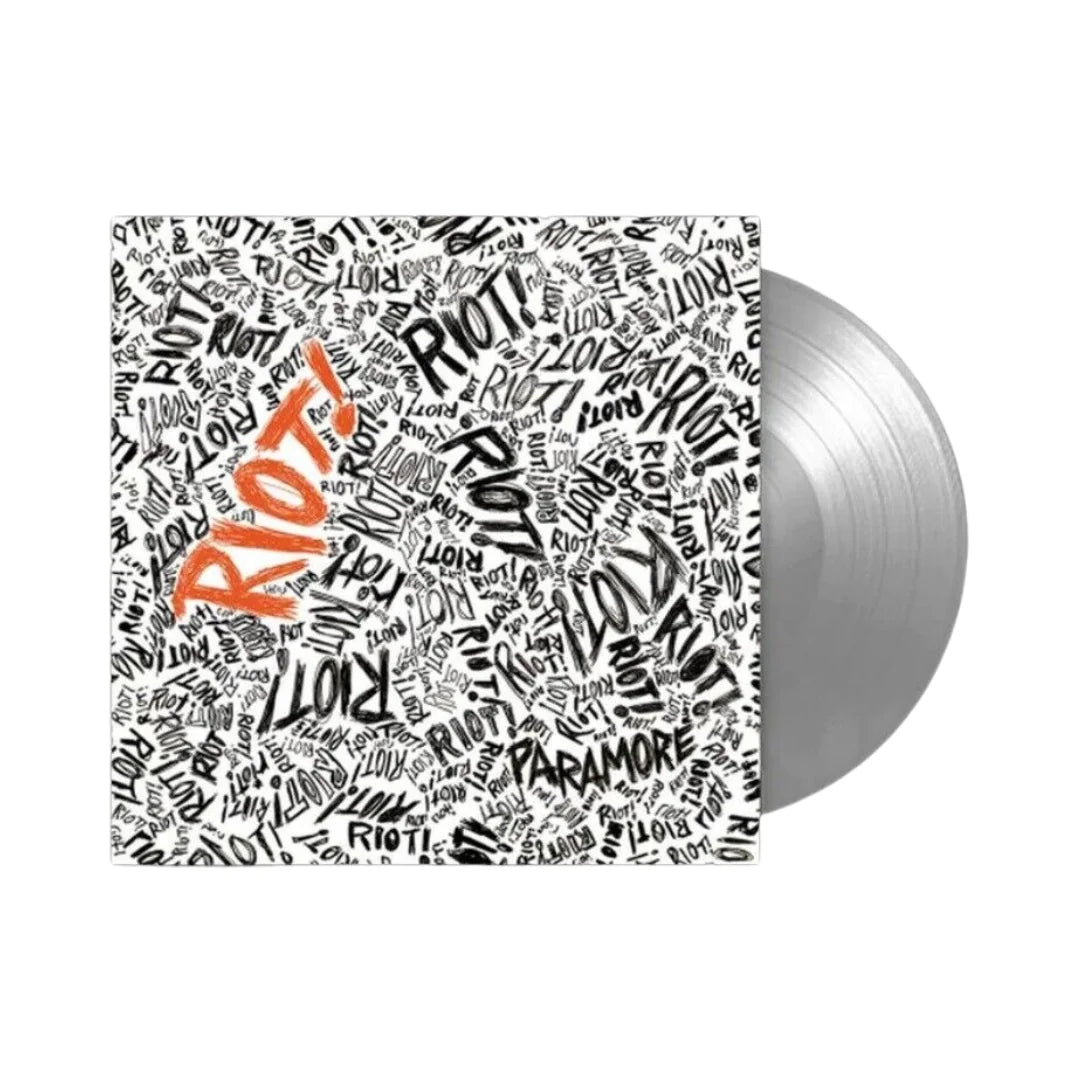
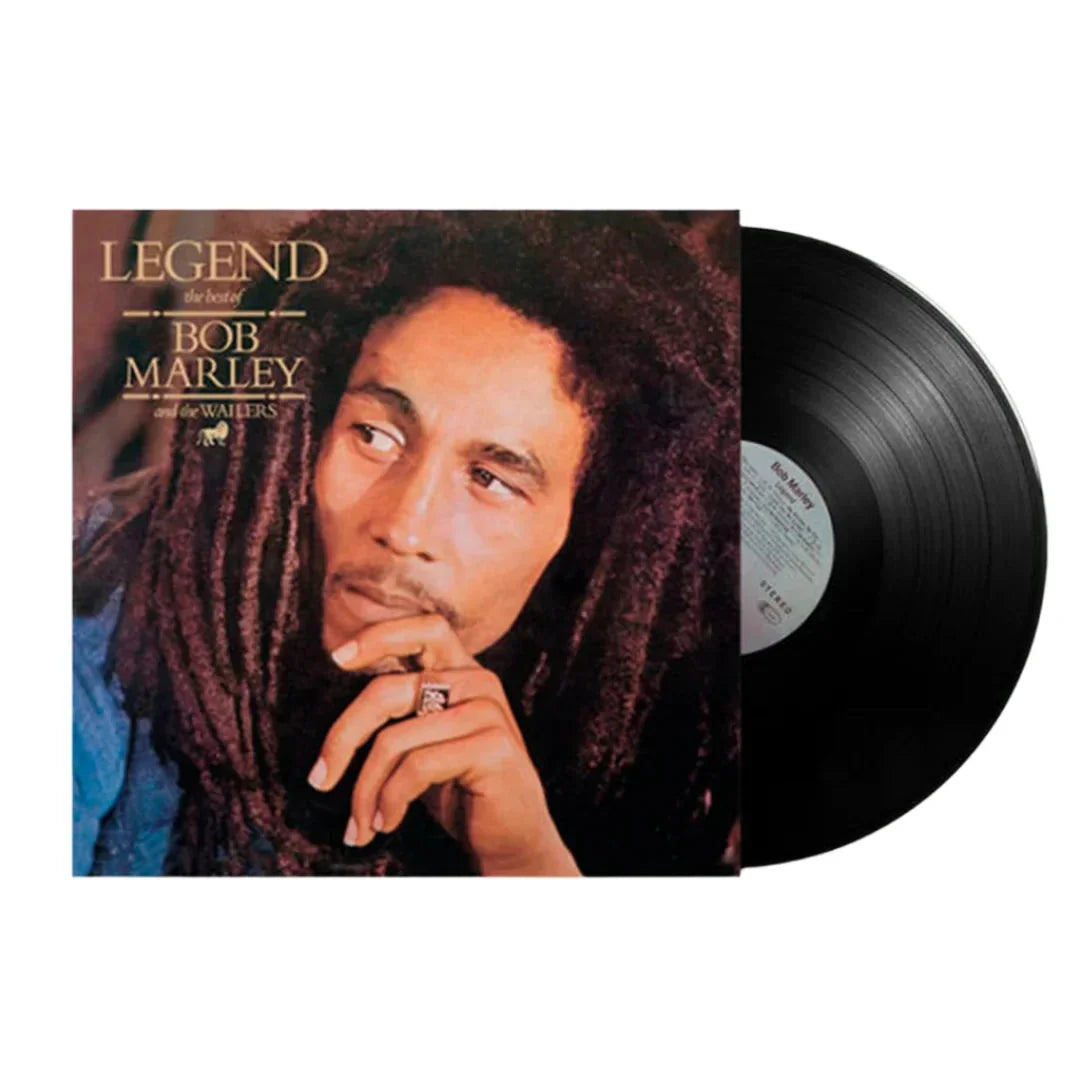
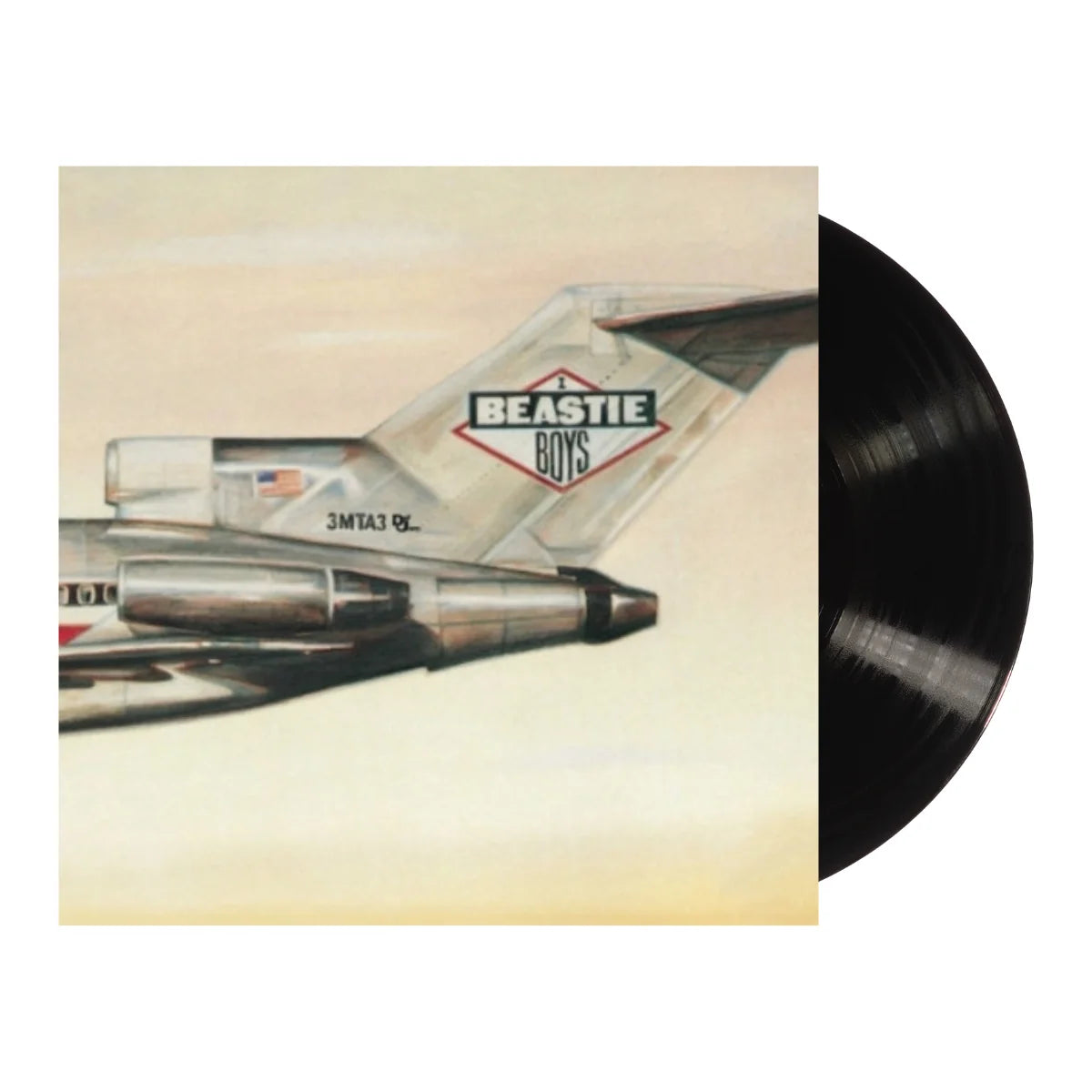
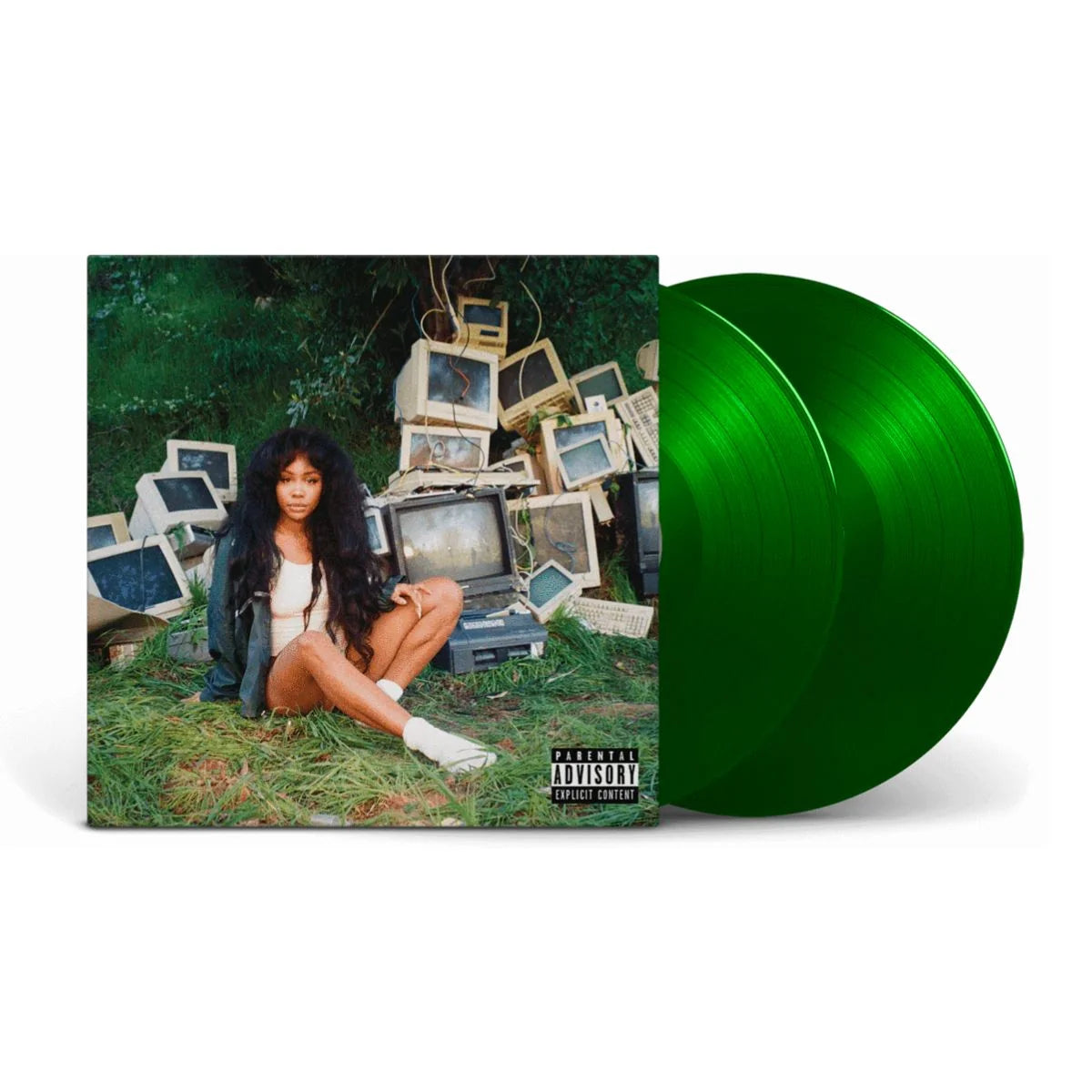
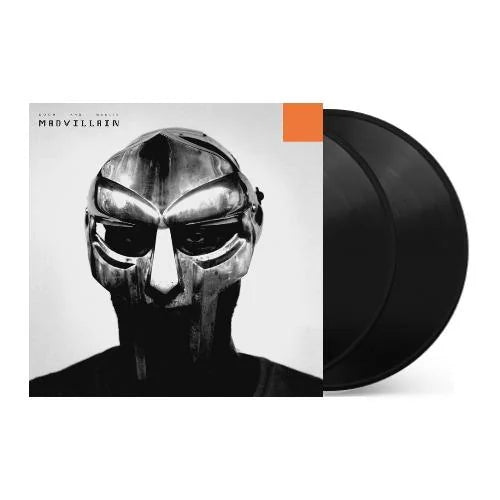
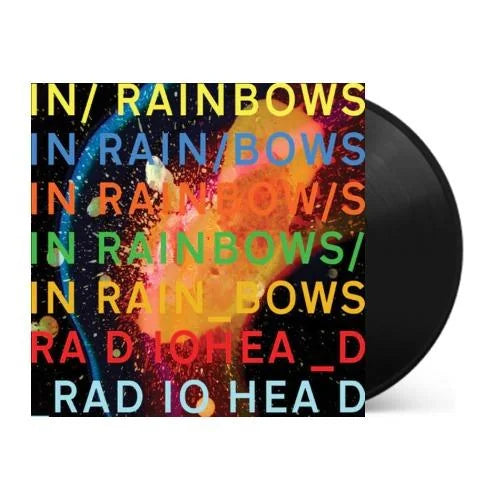
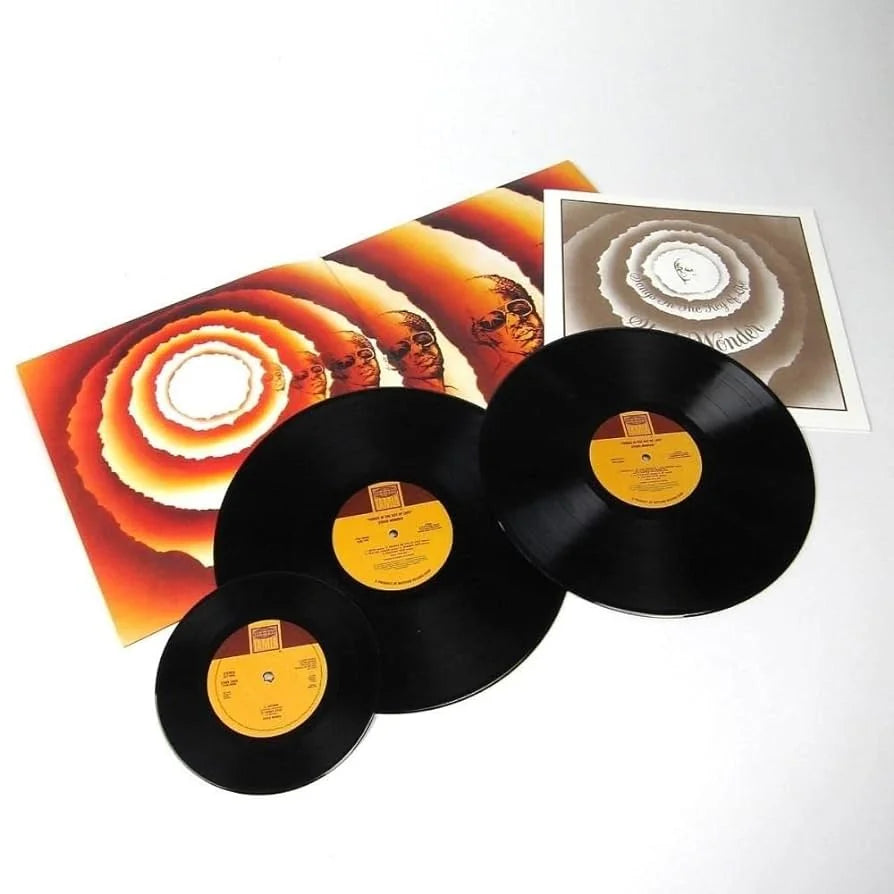
![The Grateful Dead - The Music Never Stopped [6LP Box Set]](http://vinyl.com/cdn/shop/files/The_Grateful_Dead-The_Music_Never_Stopped__6LP_Box_Set.jpg?v=1747729623&width=5760)
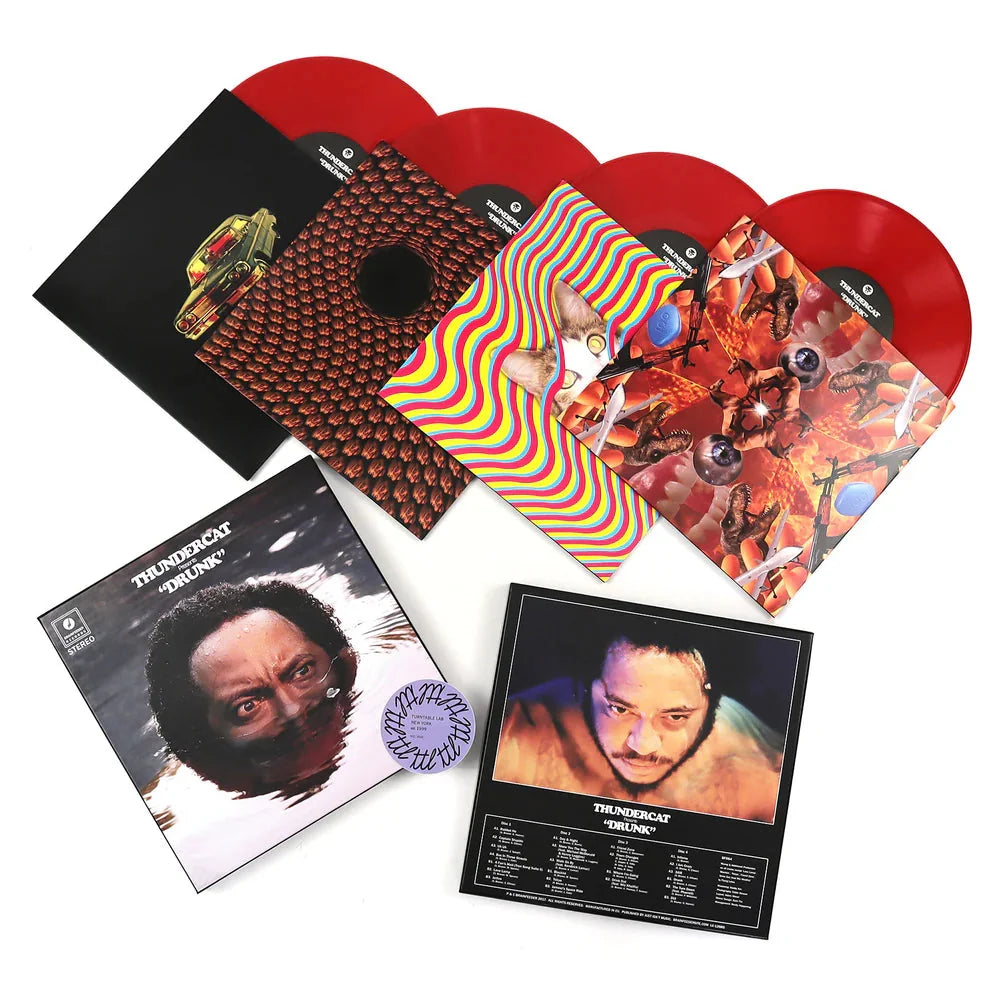
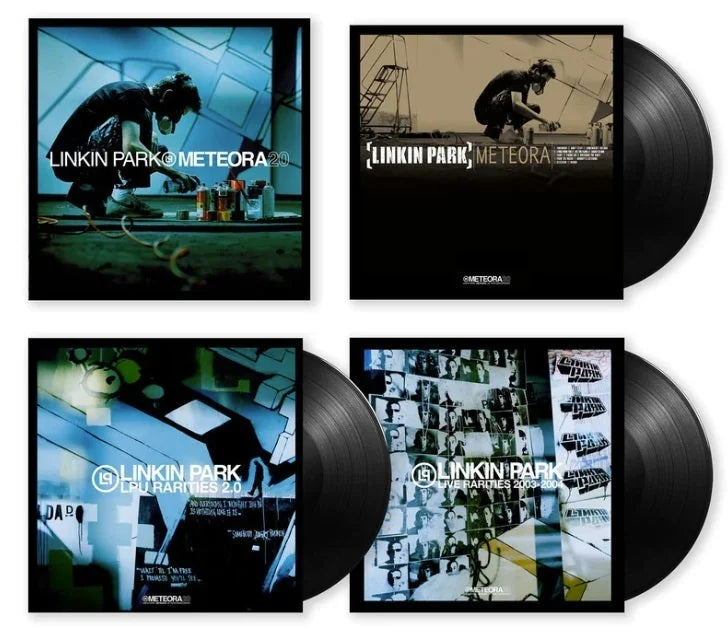

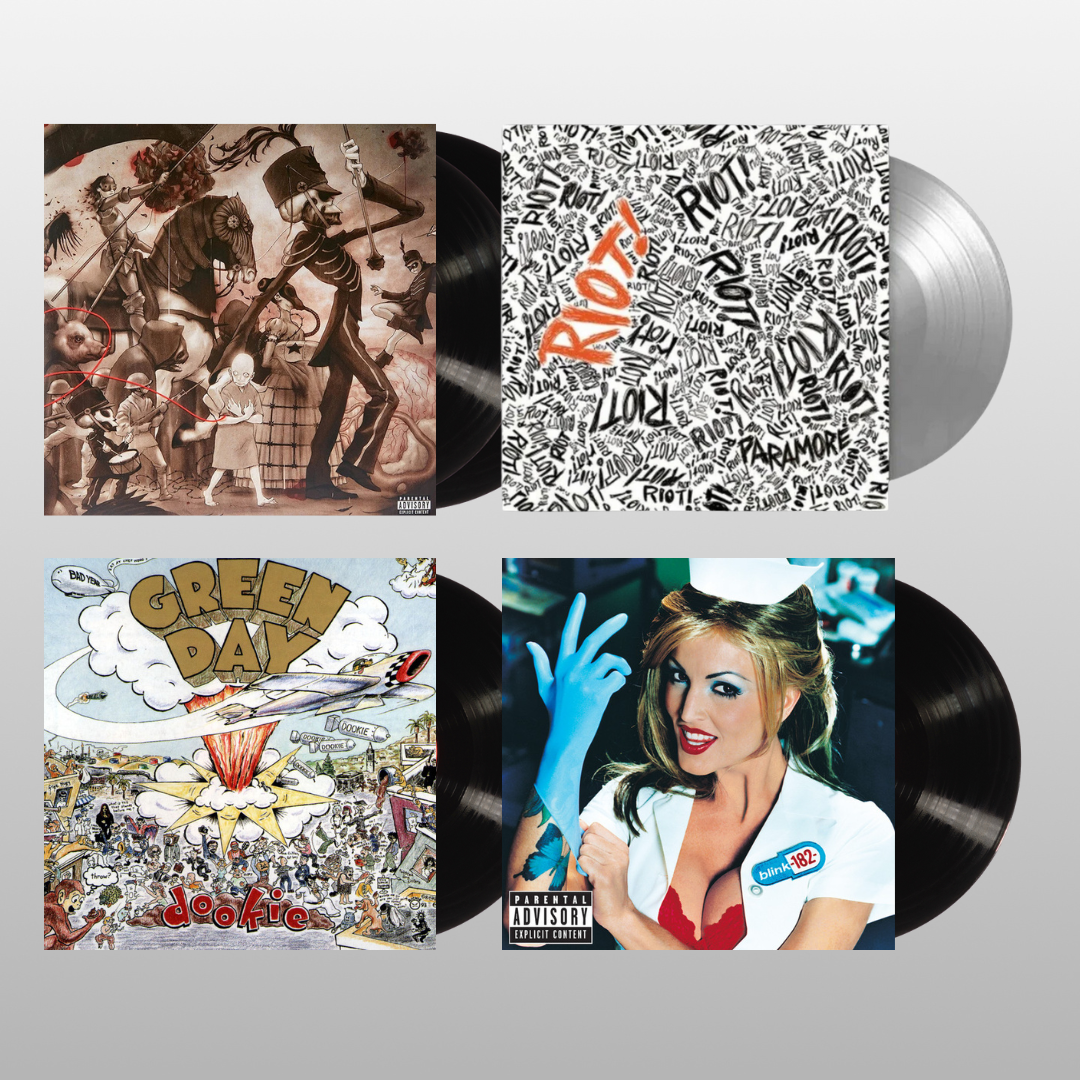
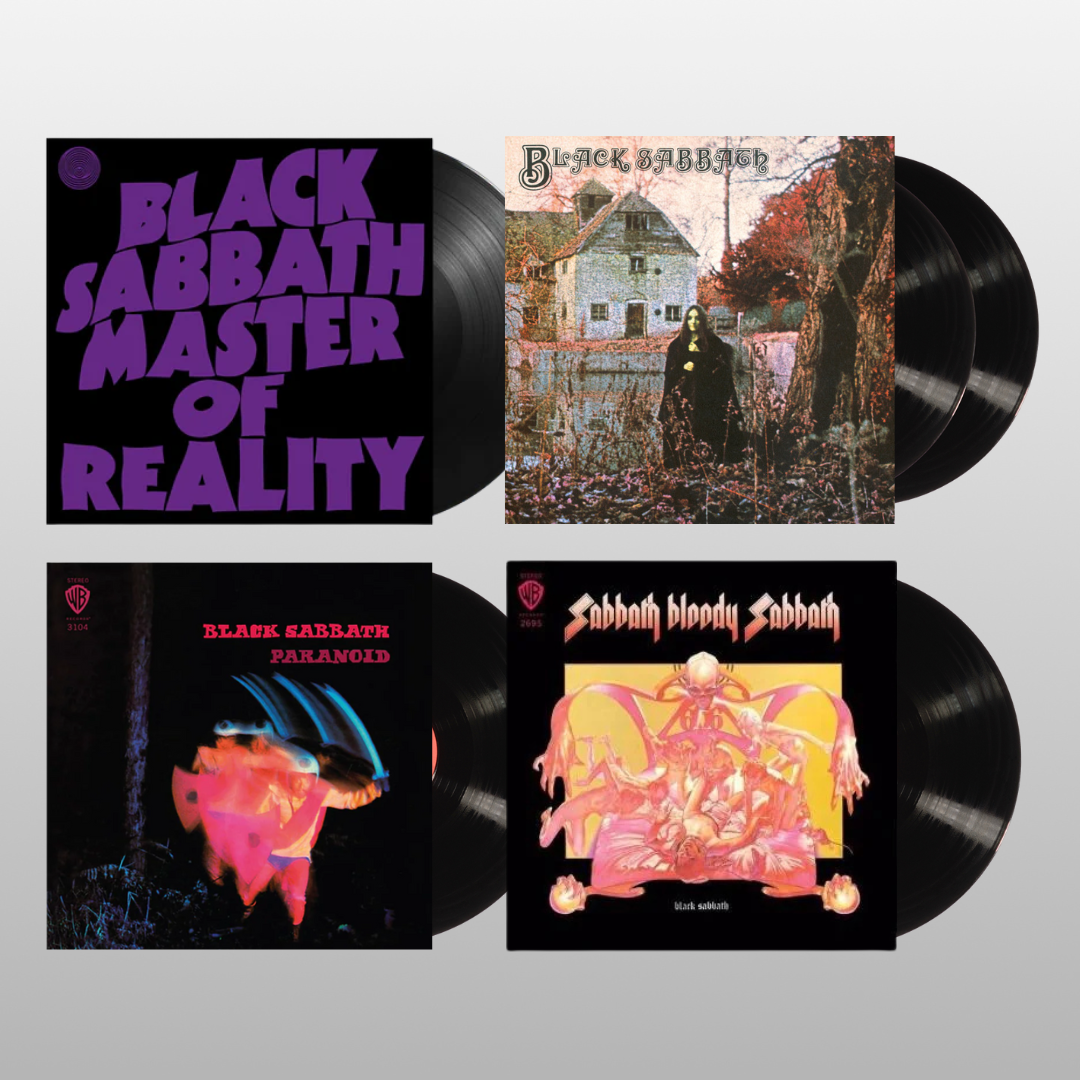
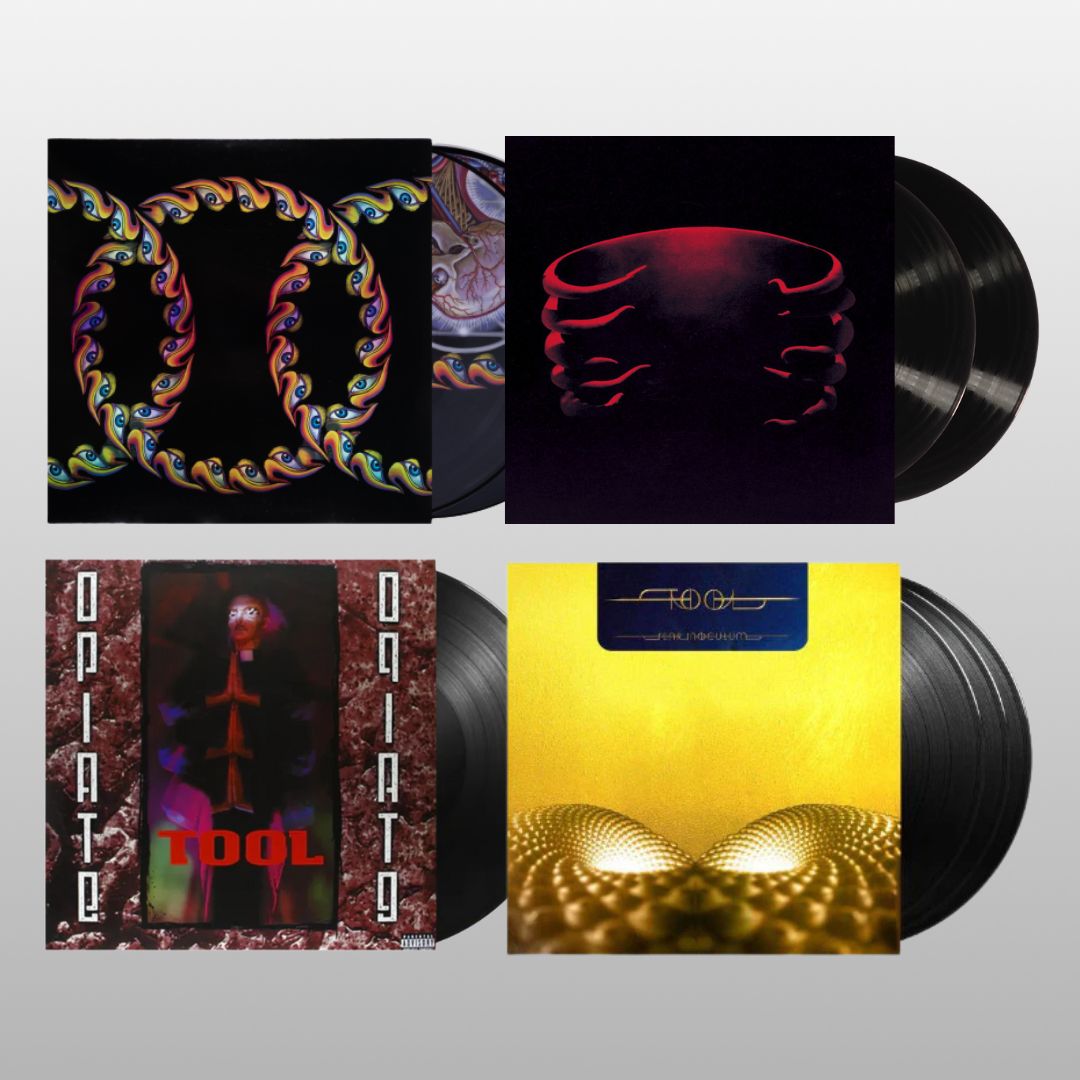
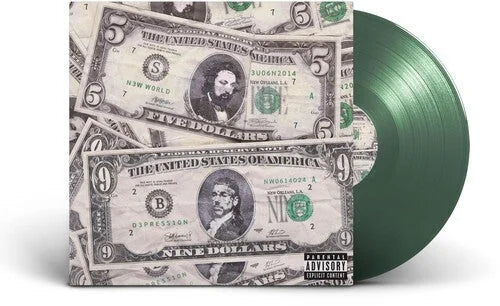
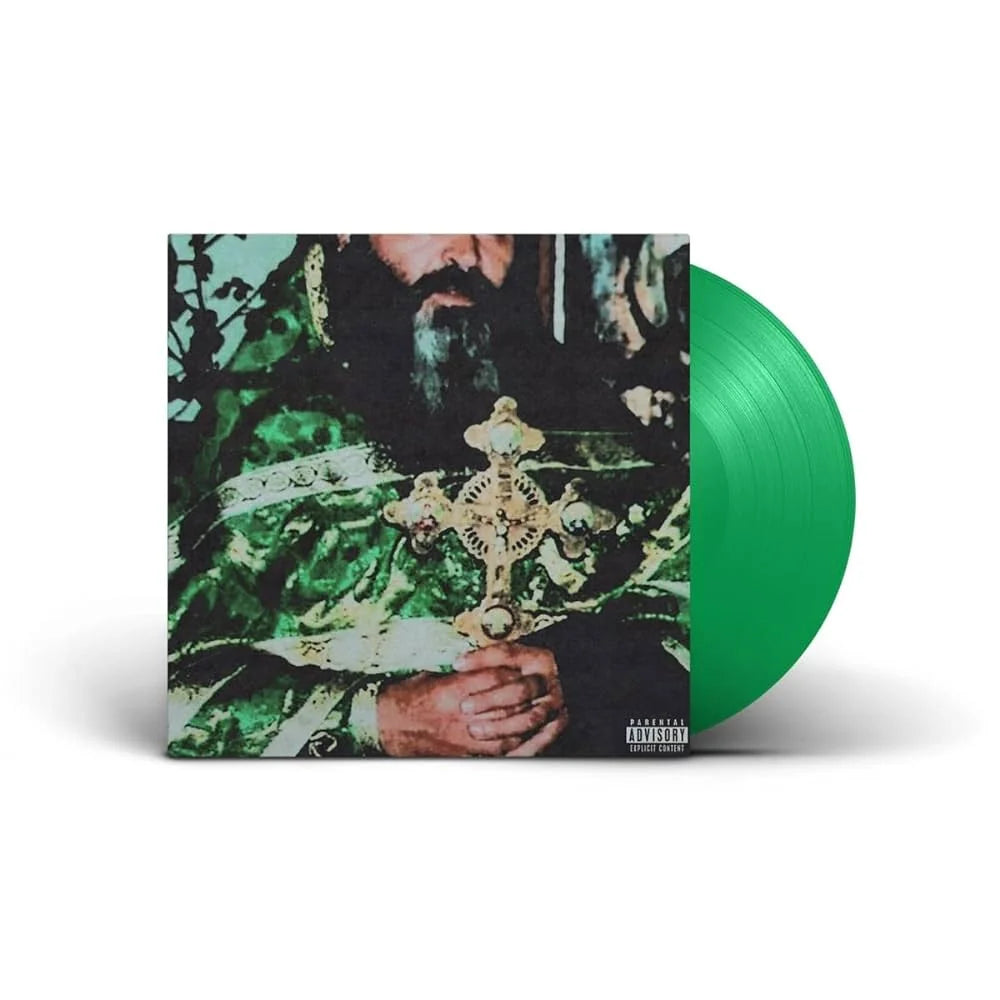
![(hed) p.e. - New And Improved [Pink]](http://vinyl.com/cdn/shop/files/4425252-3389420.jpg?v=1746578880&width=5760)
![1 Locate S - Wicked Jaw [Sky Blue]](http://vinyl.com/cdn/shop/files/4217742-2982879.jpg?v=1693273095&width=5760)
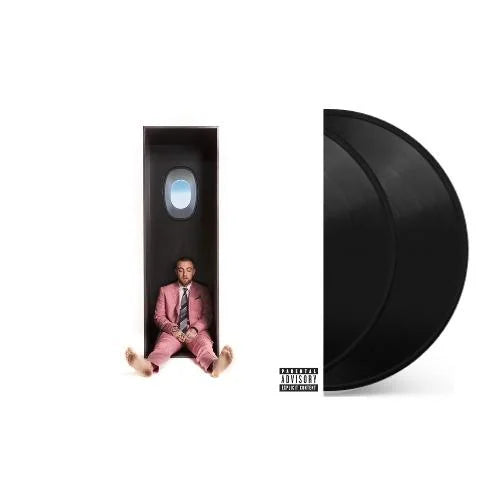
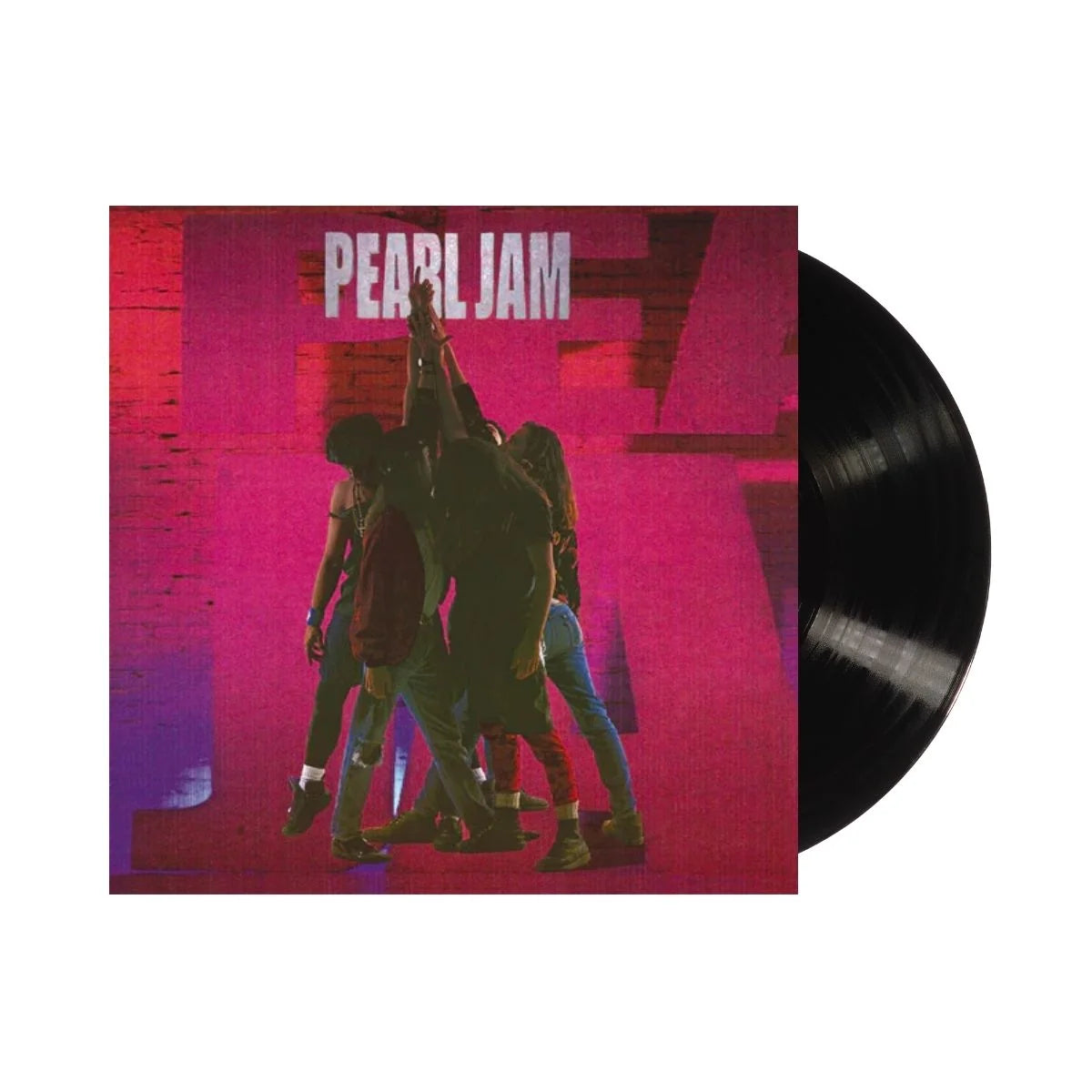
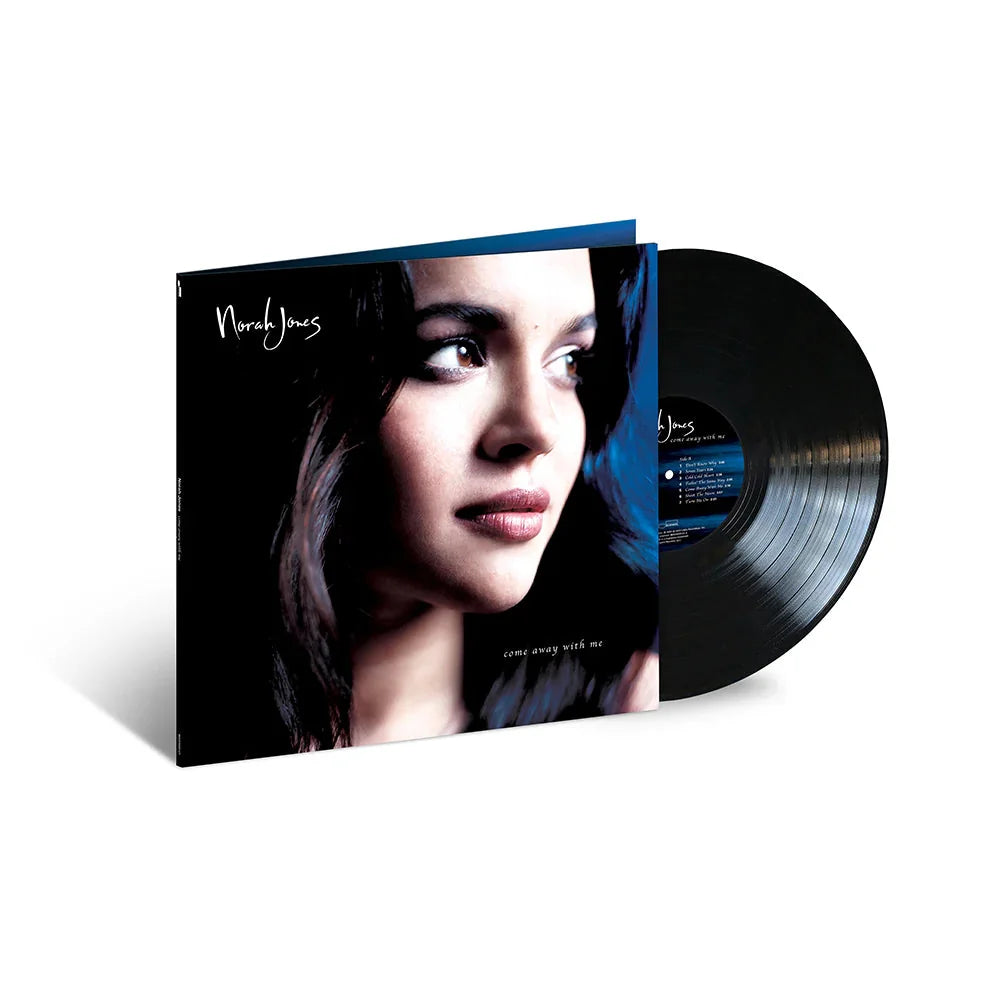
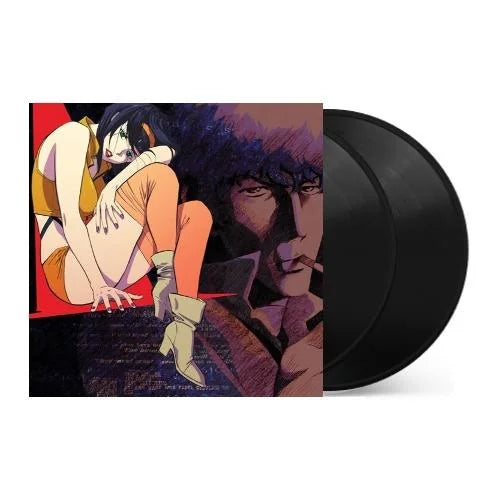
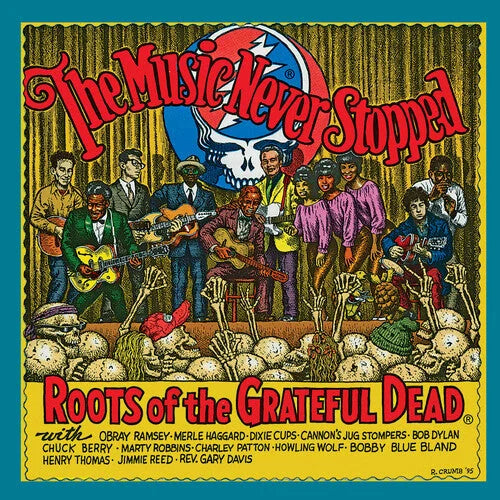

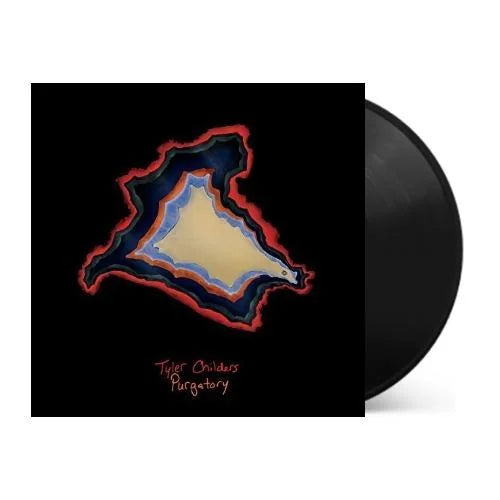
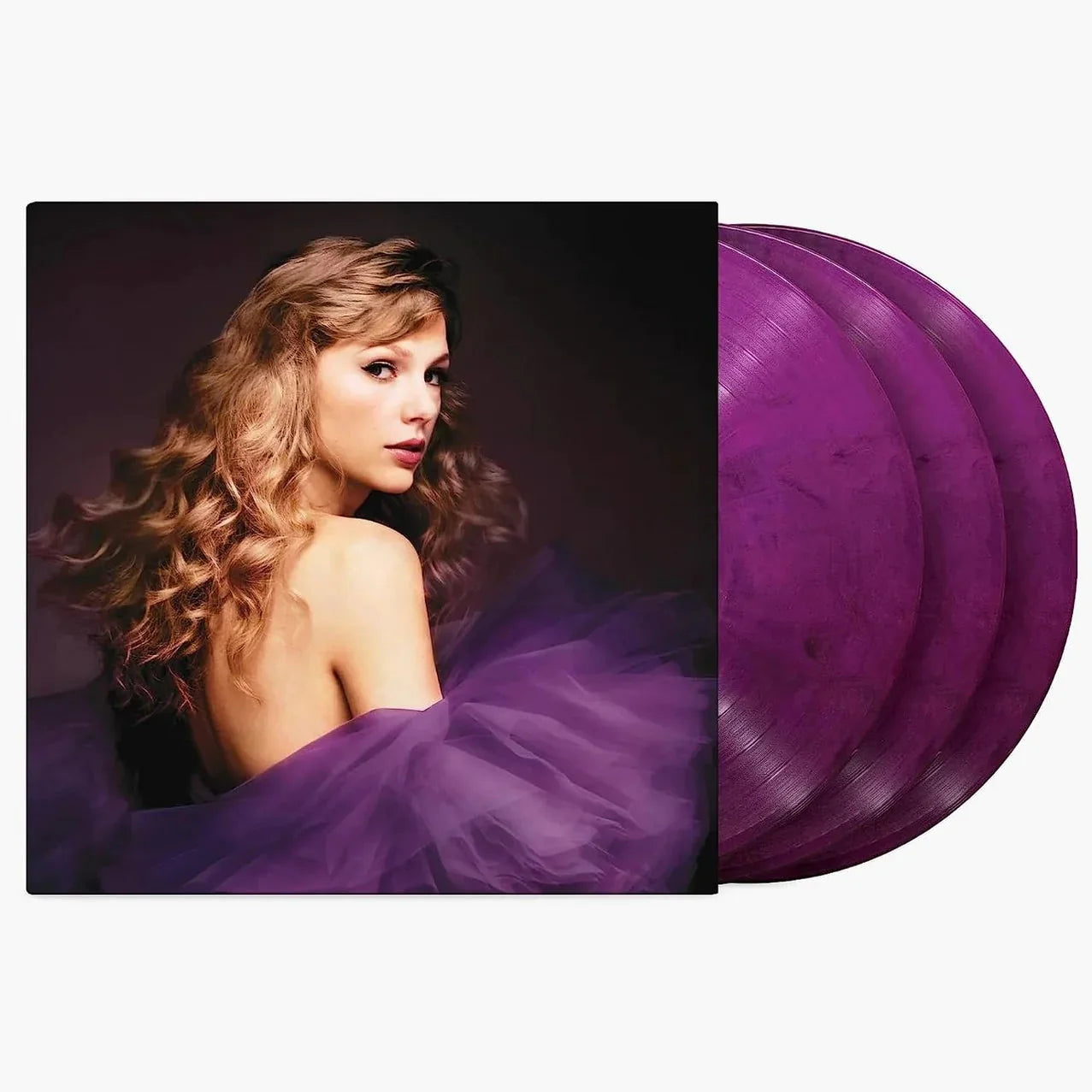
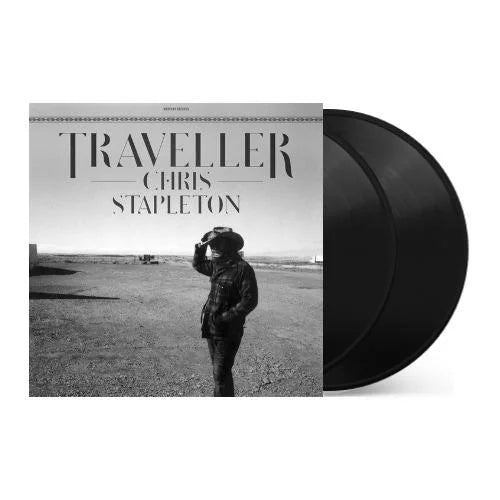
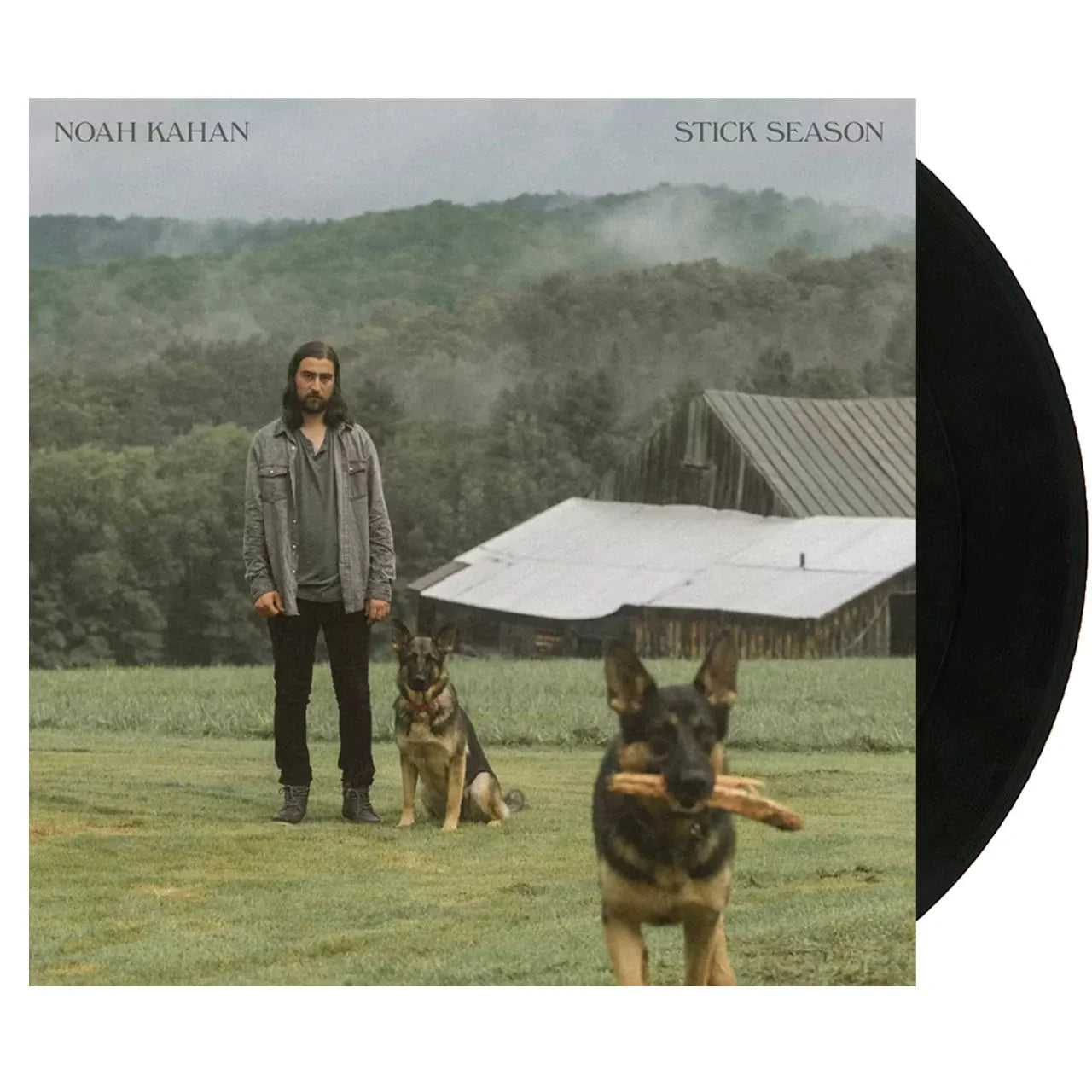
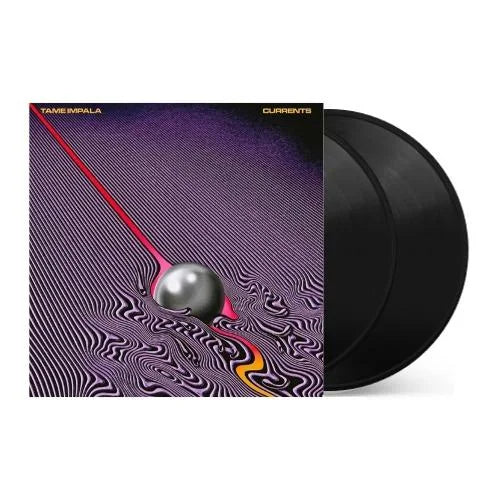
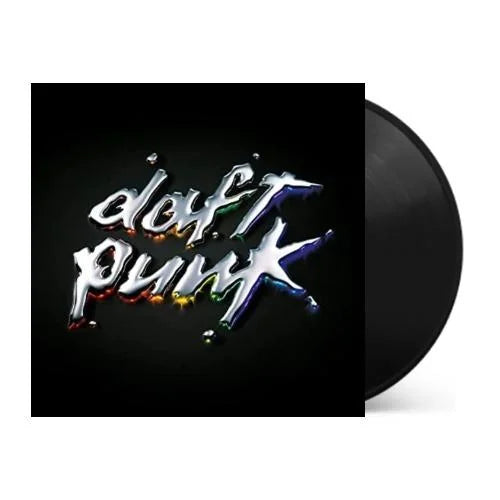
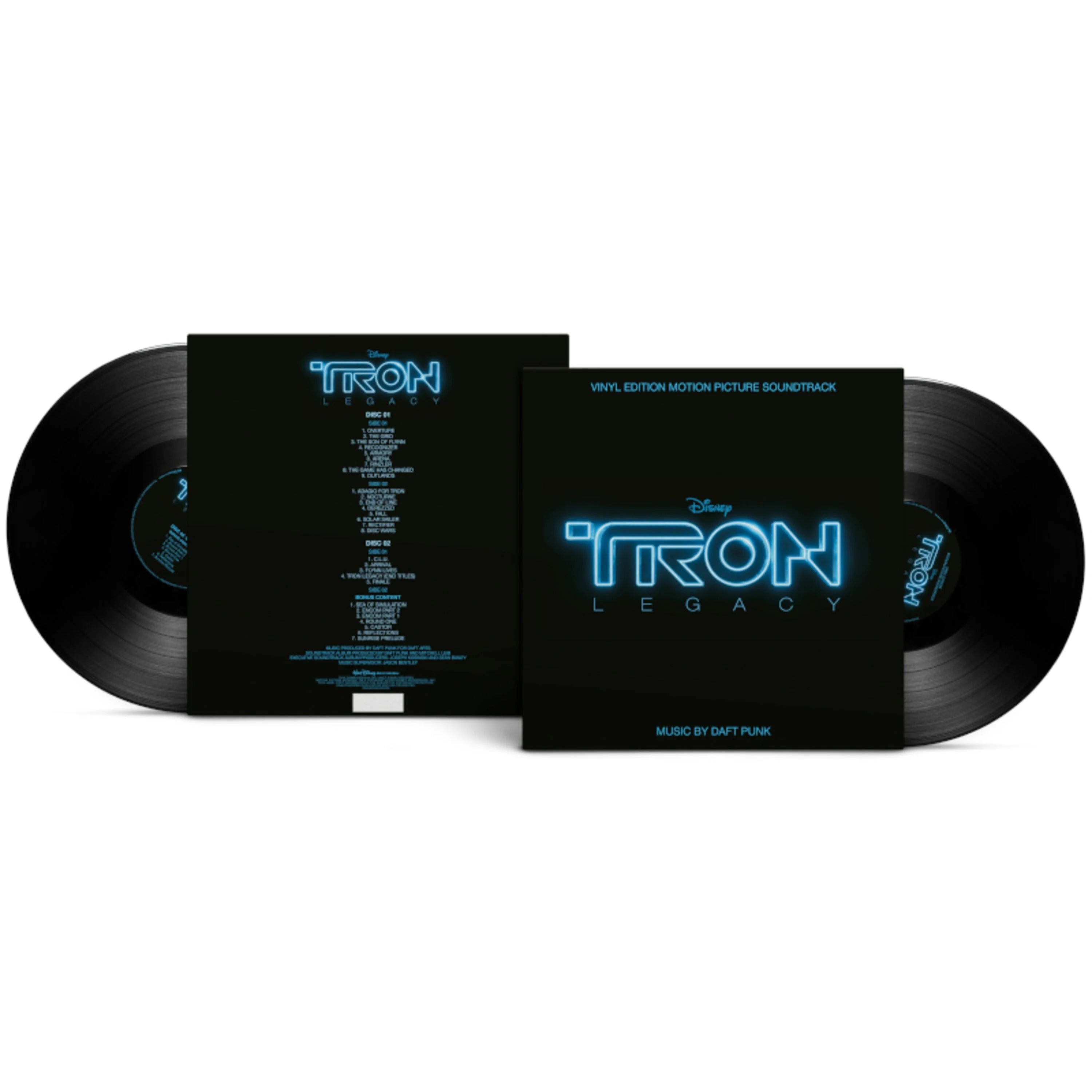
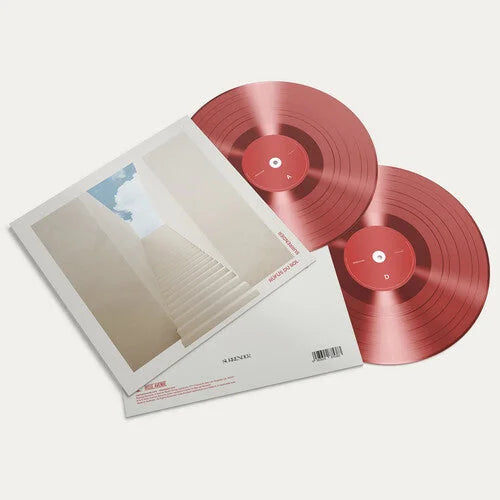
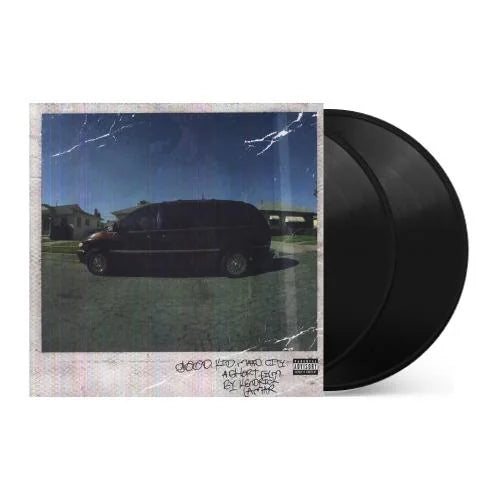
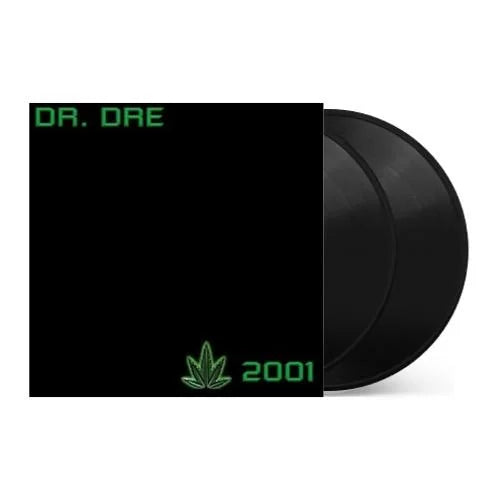
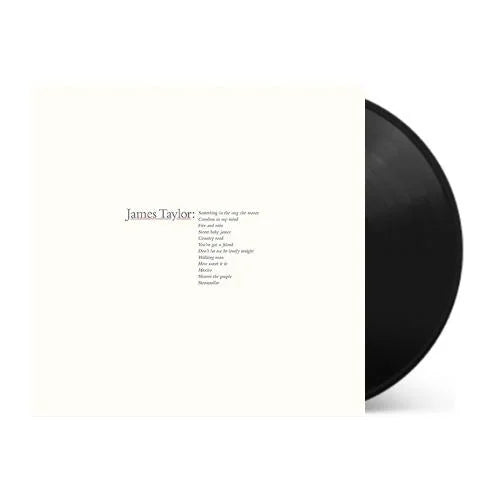

![Herb Alpert - Whipped Cream & Other Delights (60th Anniversary) [Picture Disc]](http://vinyl.com/cdn/shop/files/4411059-3378272.jpg?v=1746579213&width=5760)
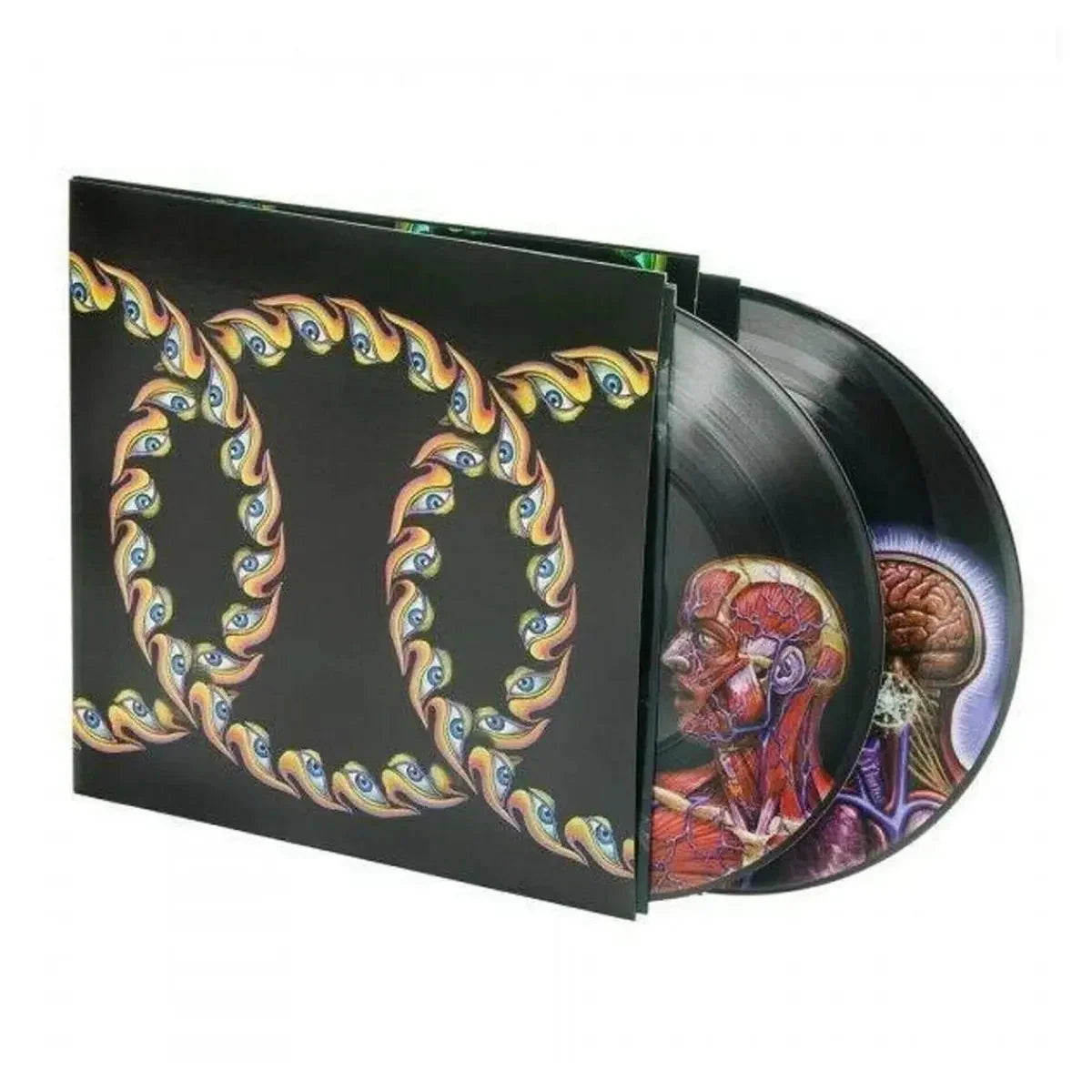
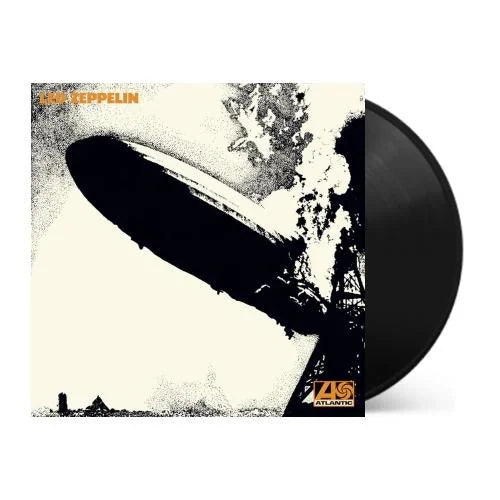
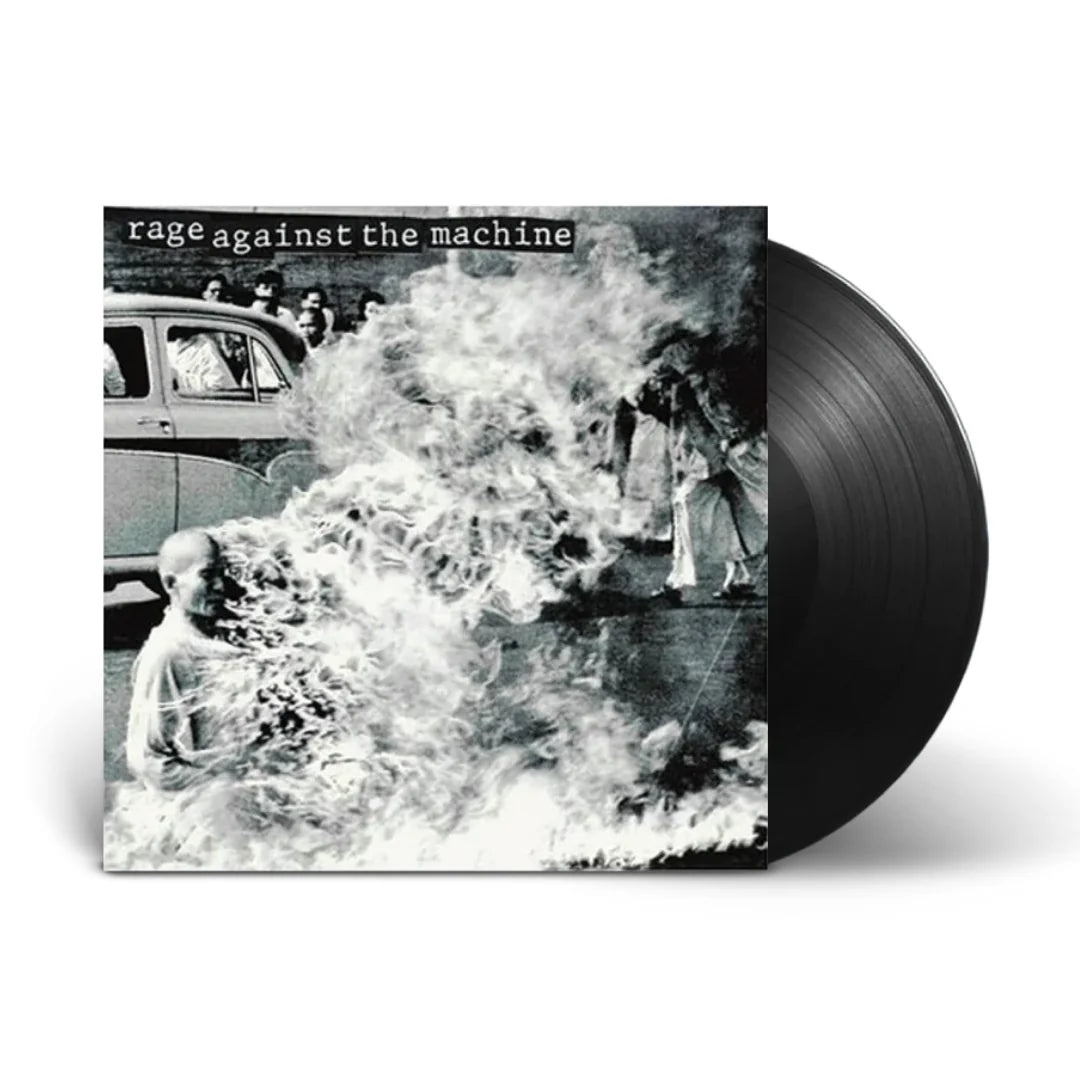
![Taylor Swift - 1989 (Taylor's Version) [2LP Crystal Skies Blue]](http://vinyl.com/cdn/shop/files/taylor_swift_1989_taylors_version.jpg?v=1734389117&width=5760)
![Taylor Swift - folklore [2LP Beige]](http://vinyl.com/cdn/shop/files/477929-Product-0-I-637317959467683009_grande_a6f82db0-1cb7-45c5-8892-ed79af261e80.webp?v=1736750683&width=5760)
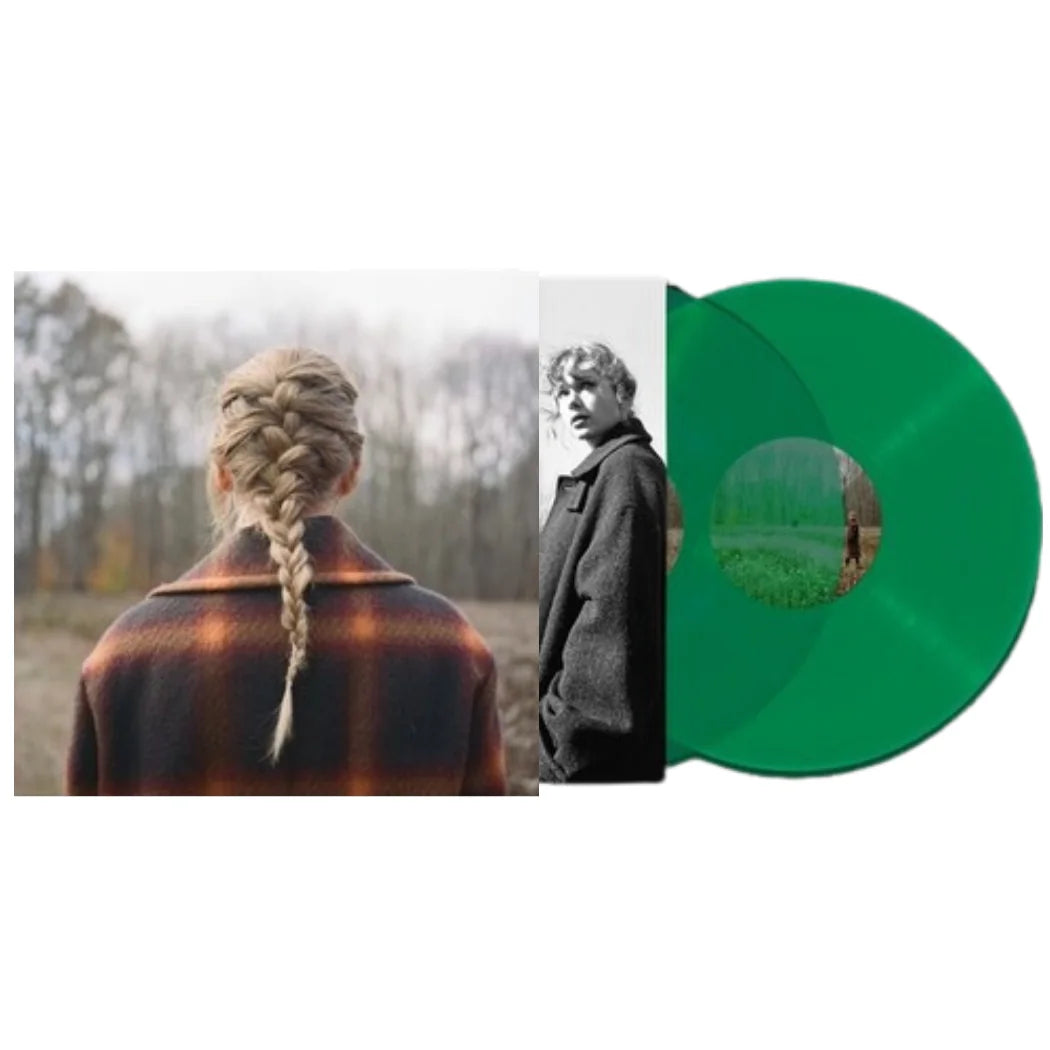
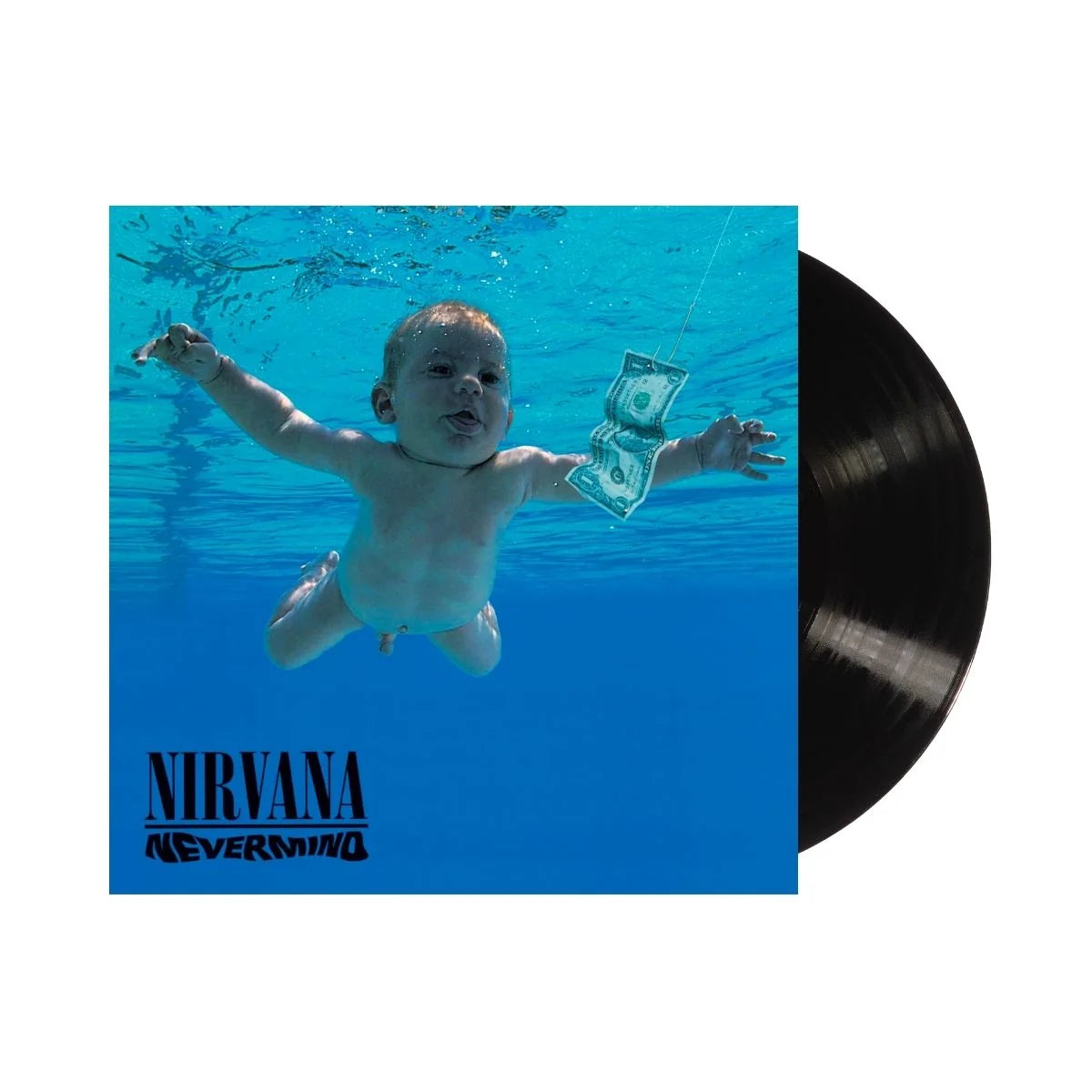
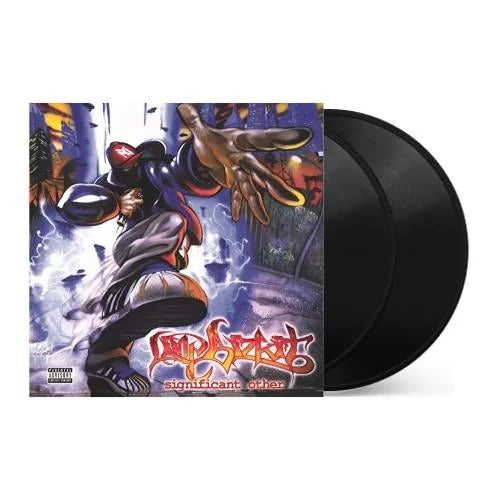

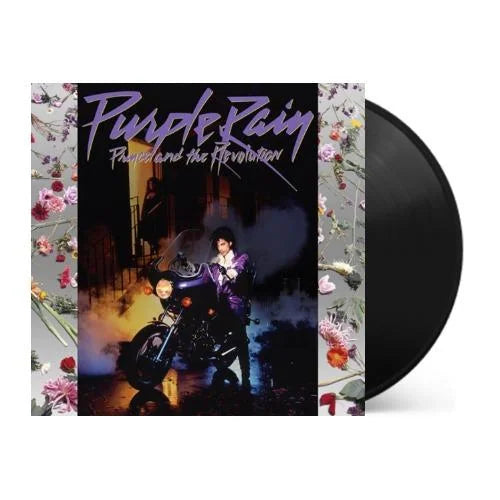

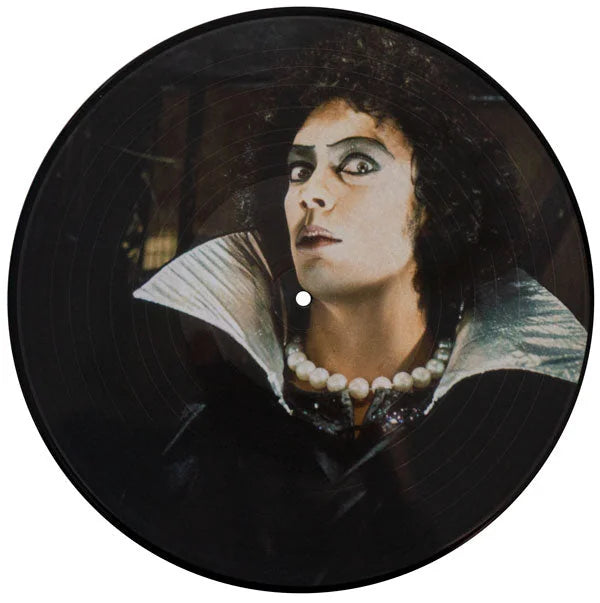
![Transformers: The Movie (Original Soundtrack) [Unicron Marbled 180-Gram]](http://vinyl.com/cdn/shop/files/4417308-3378319.jpg?v=1745982250&width=5760)





